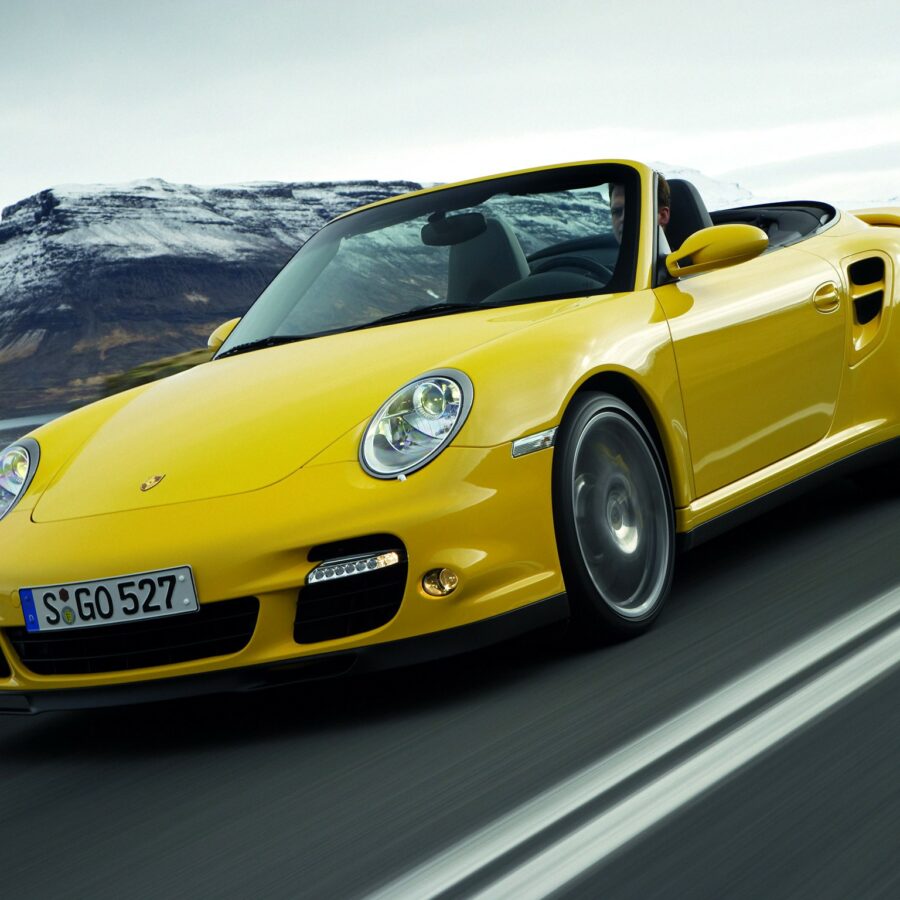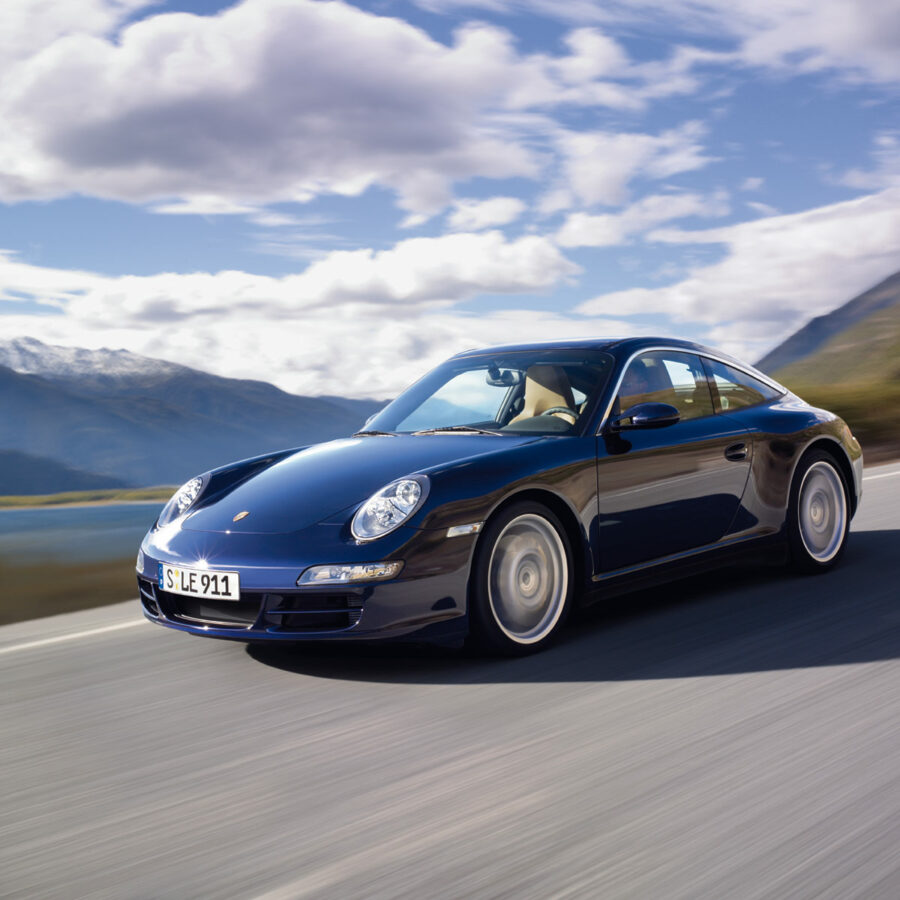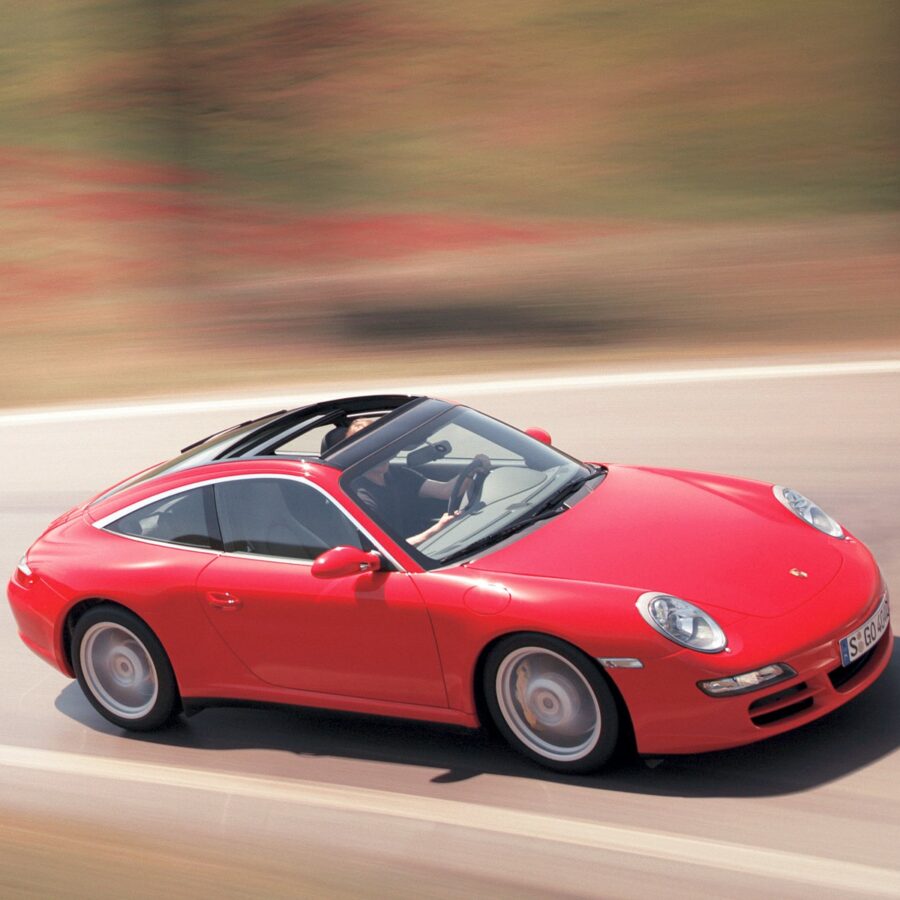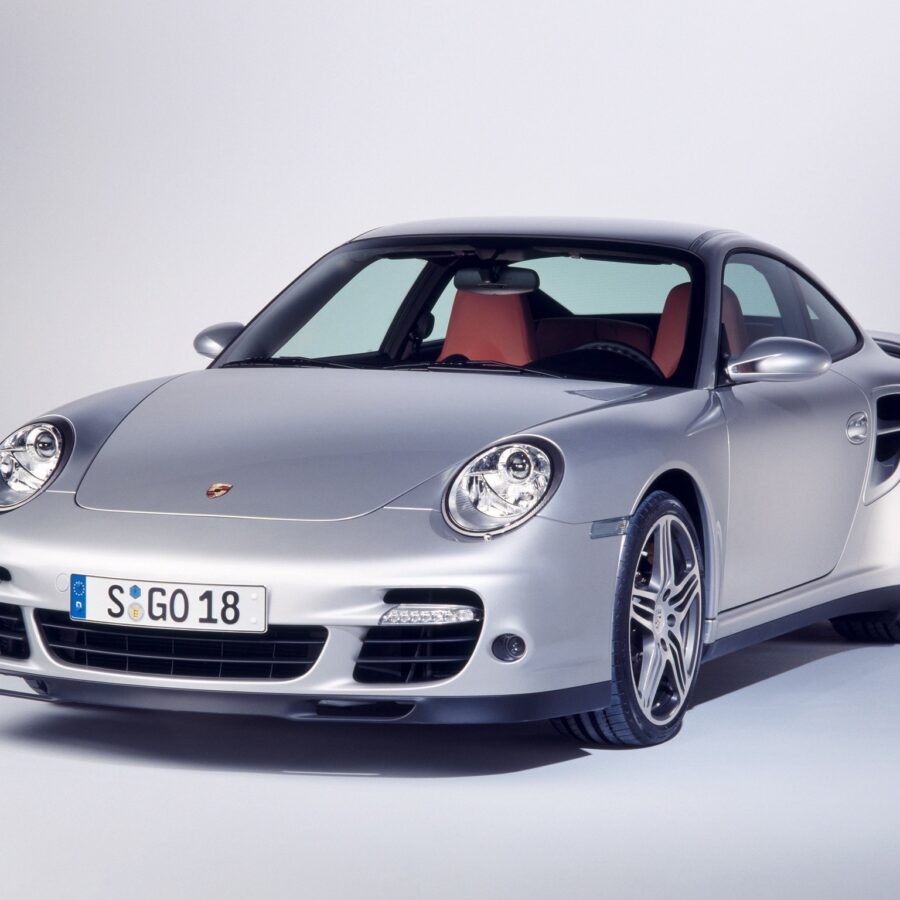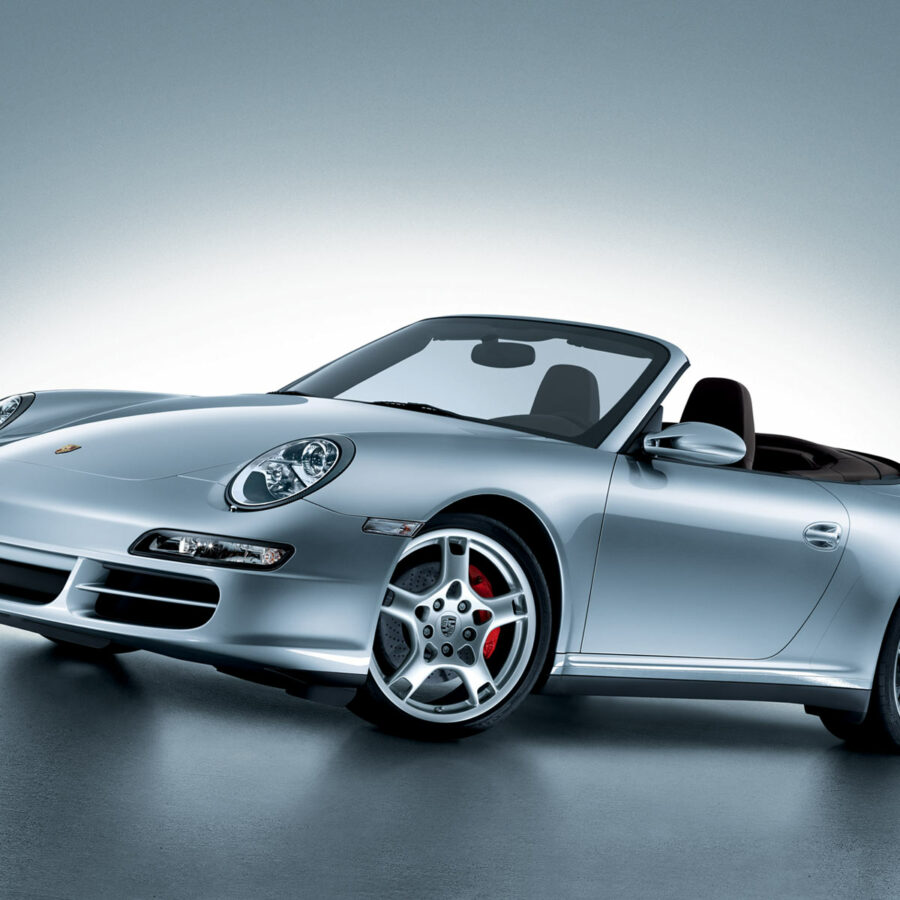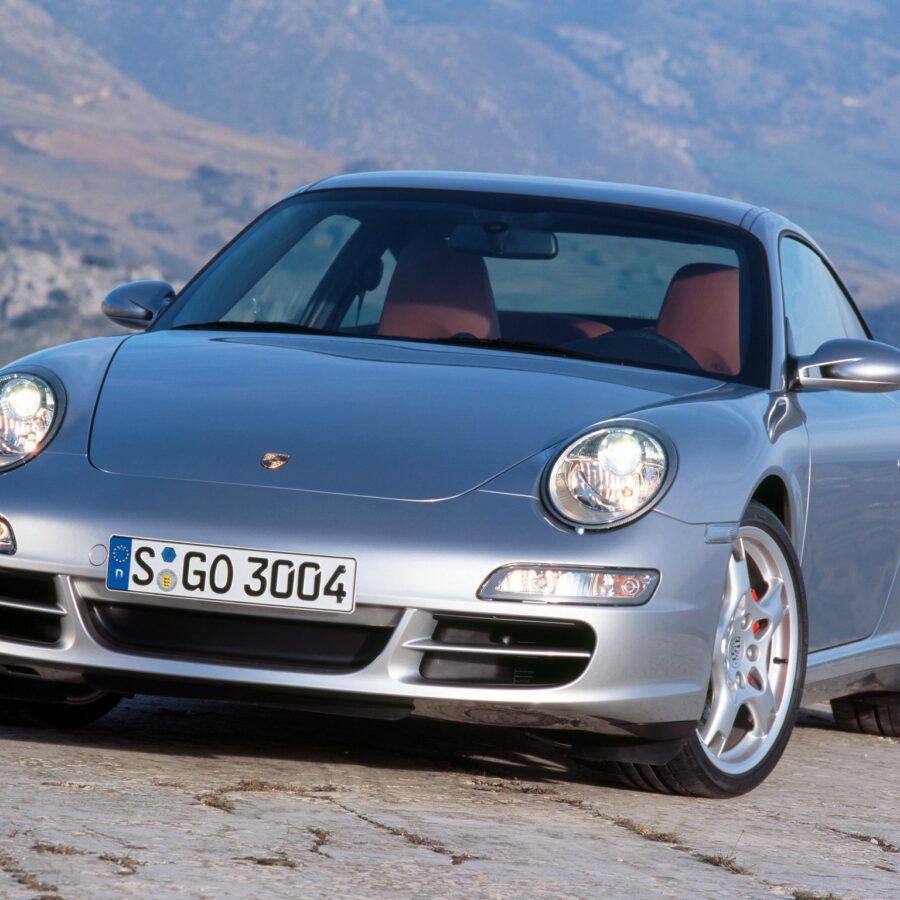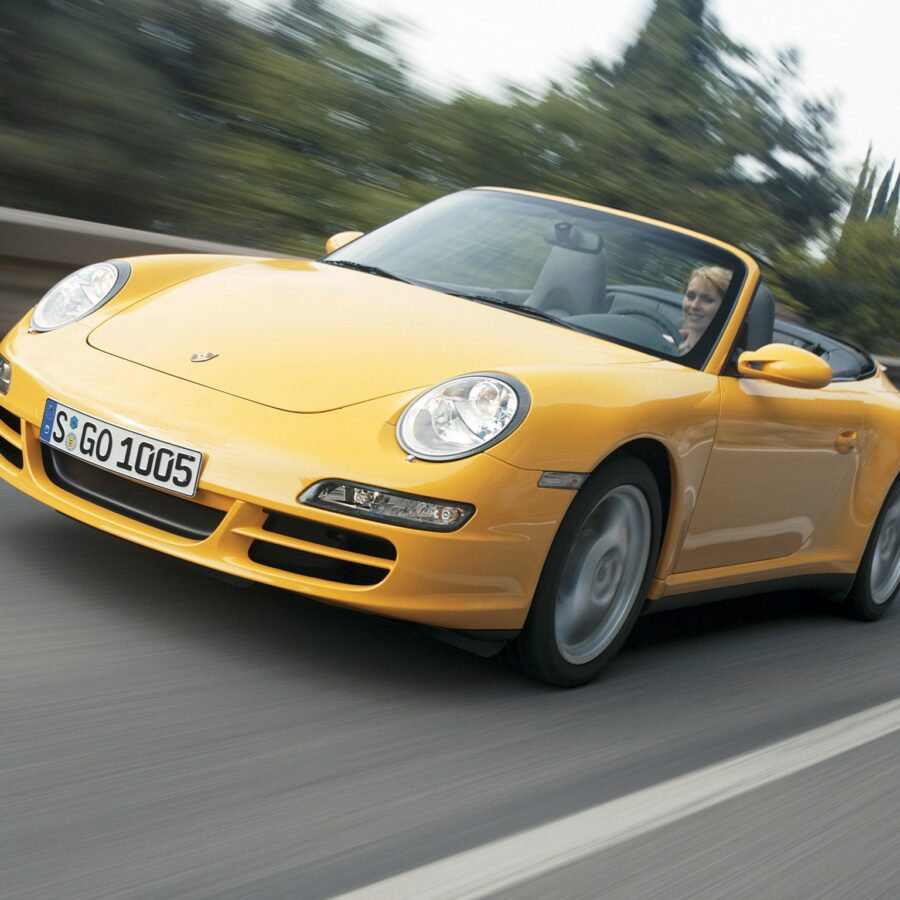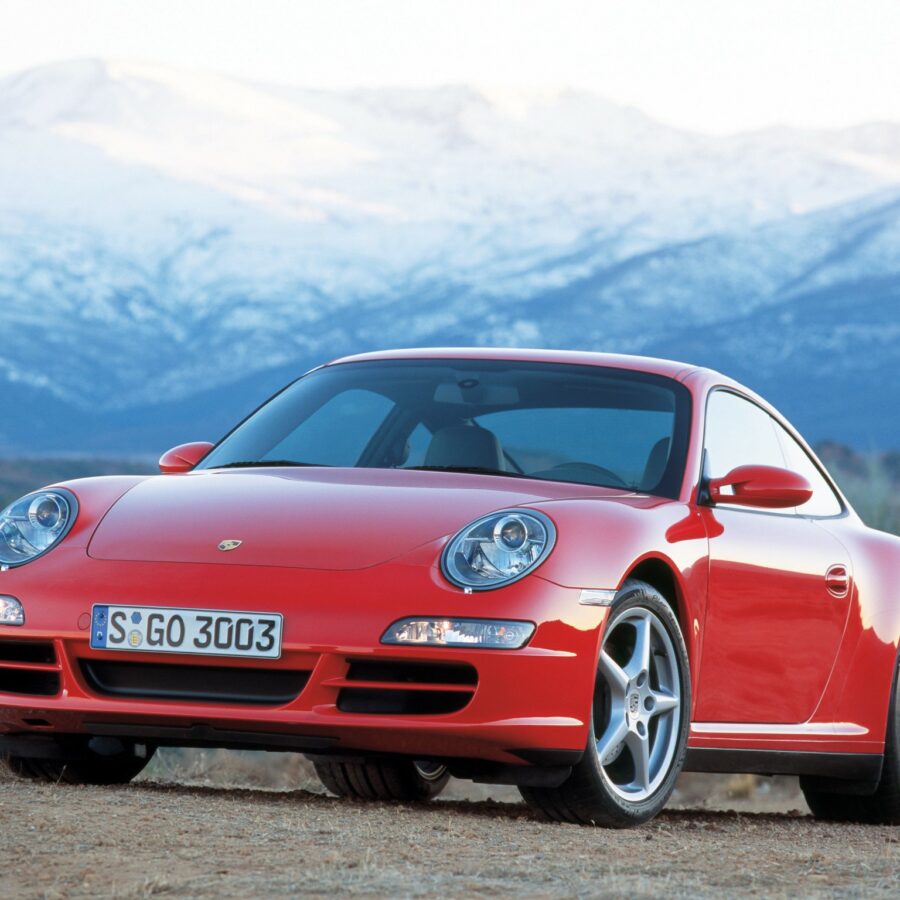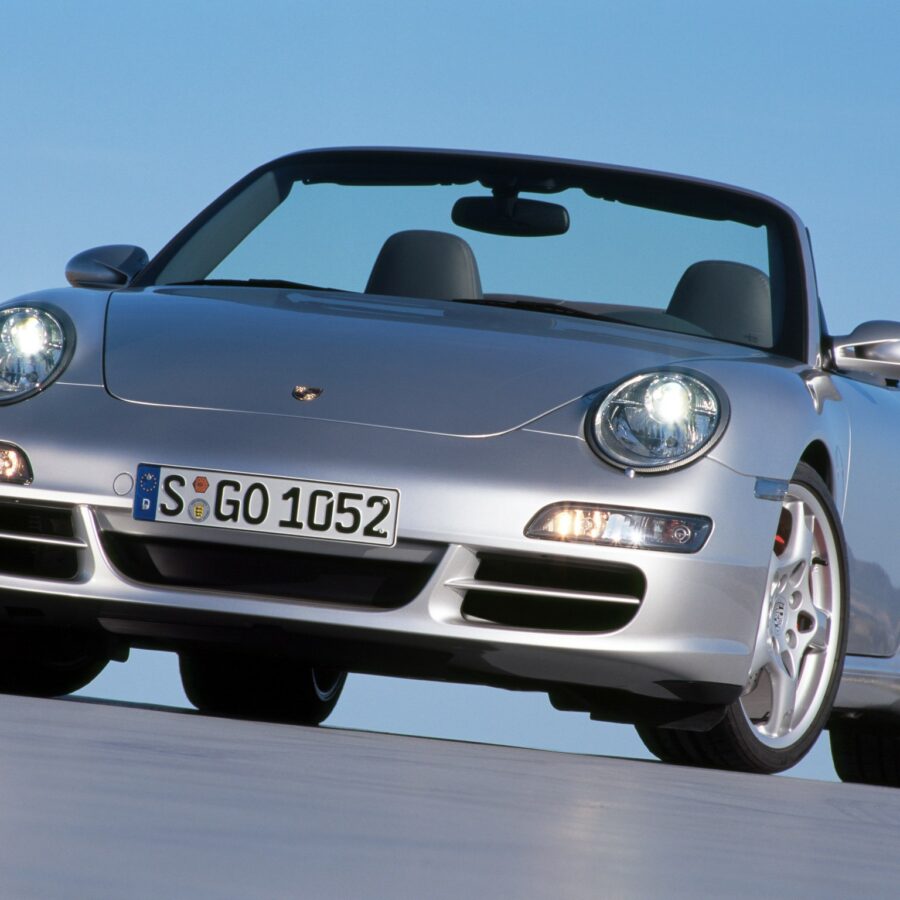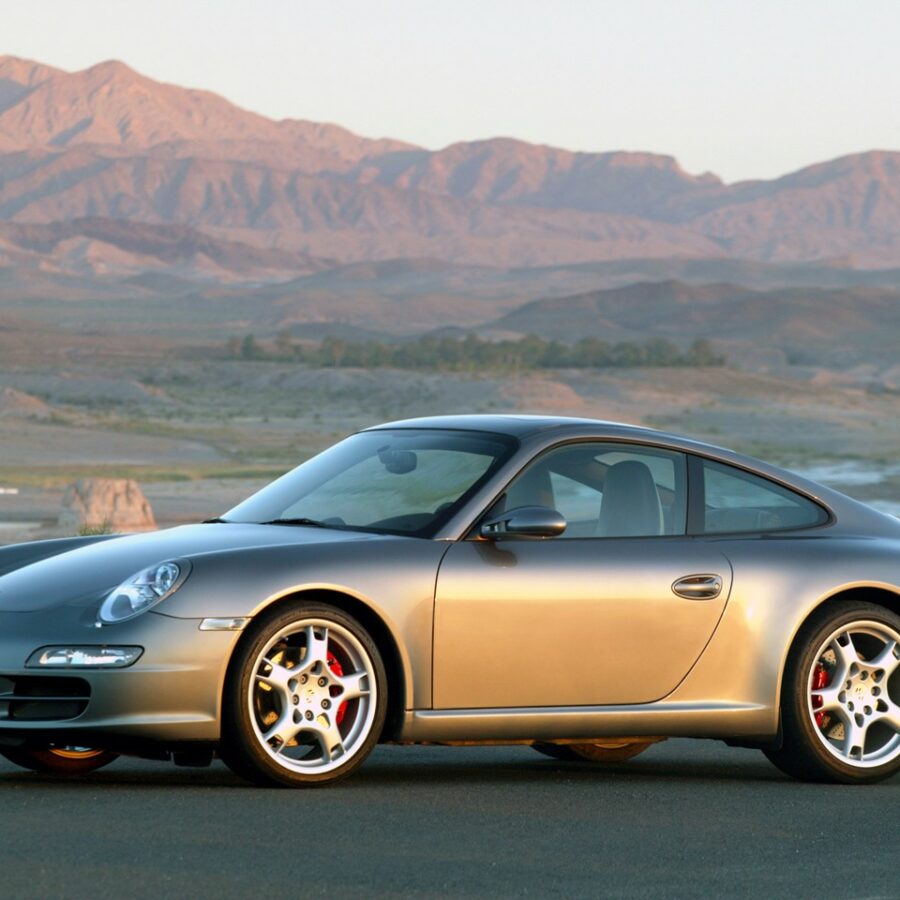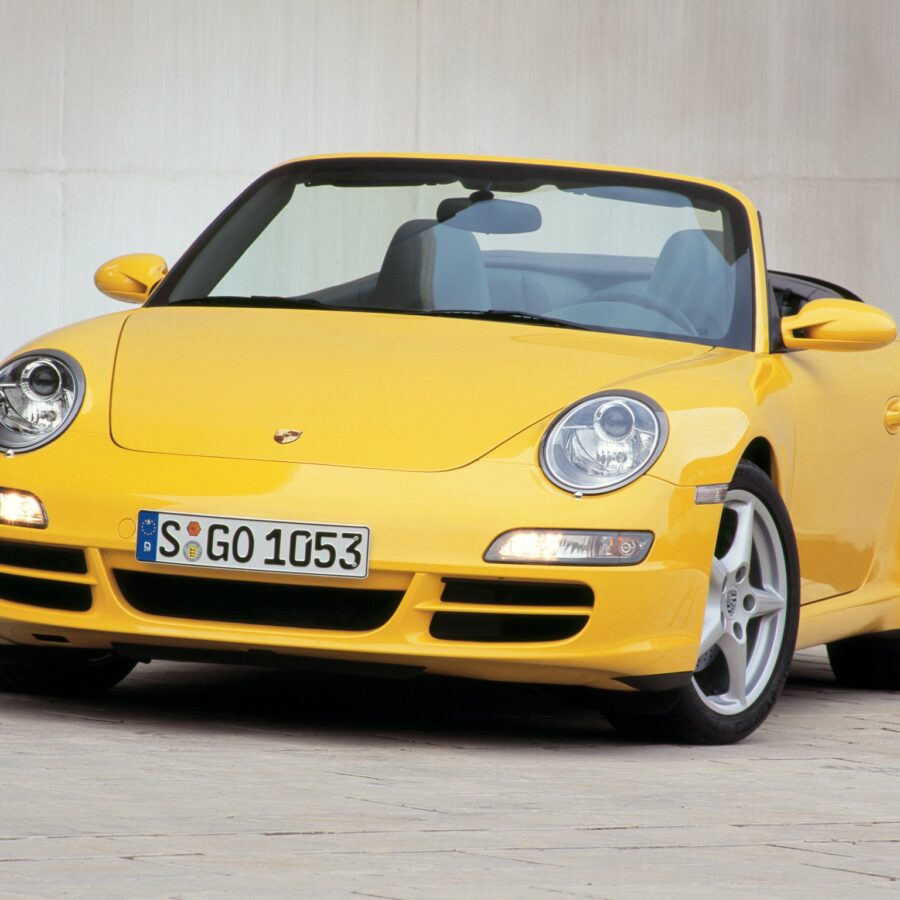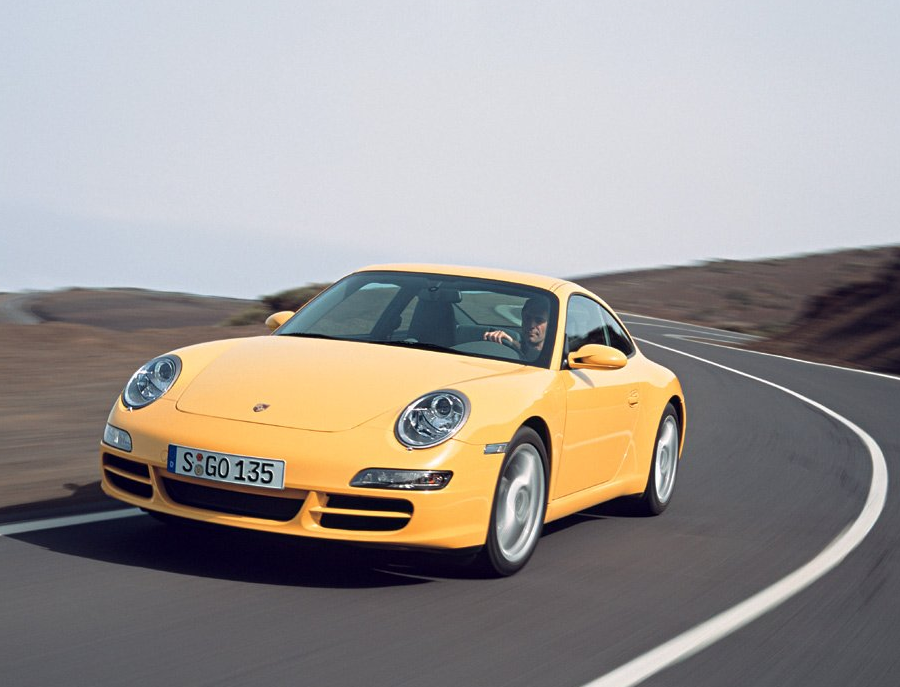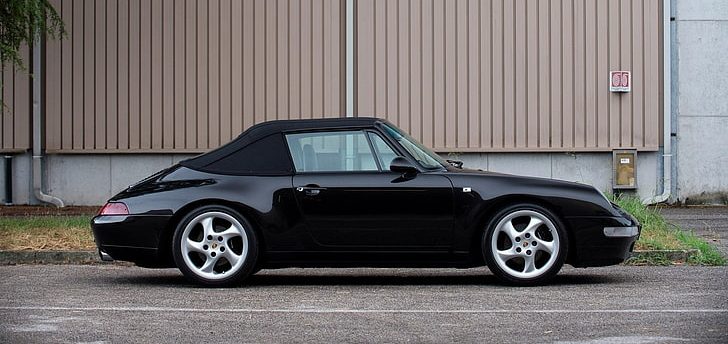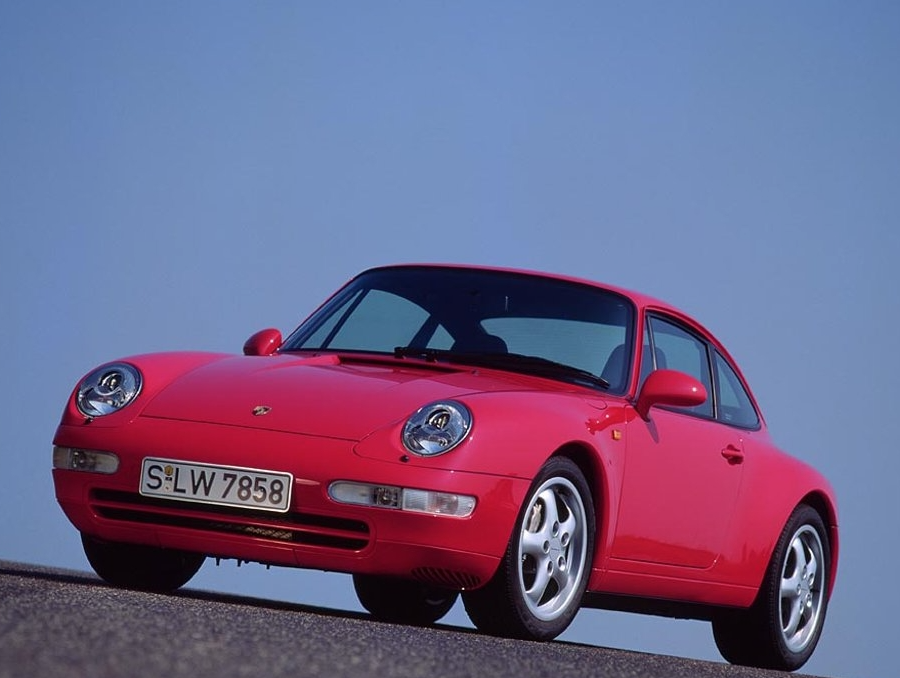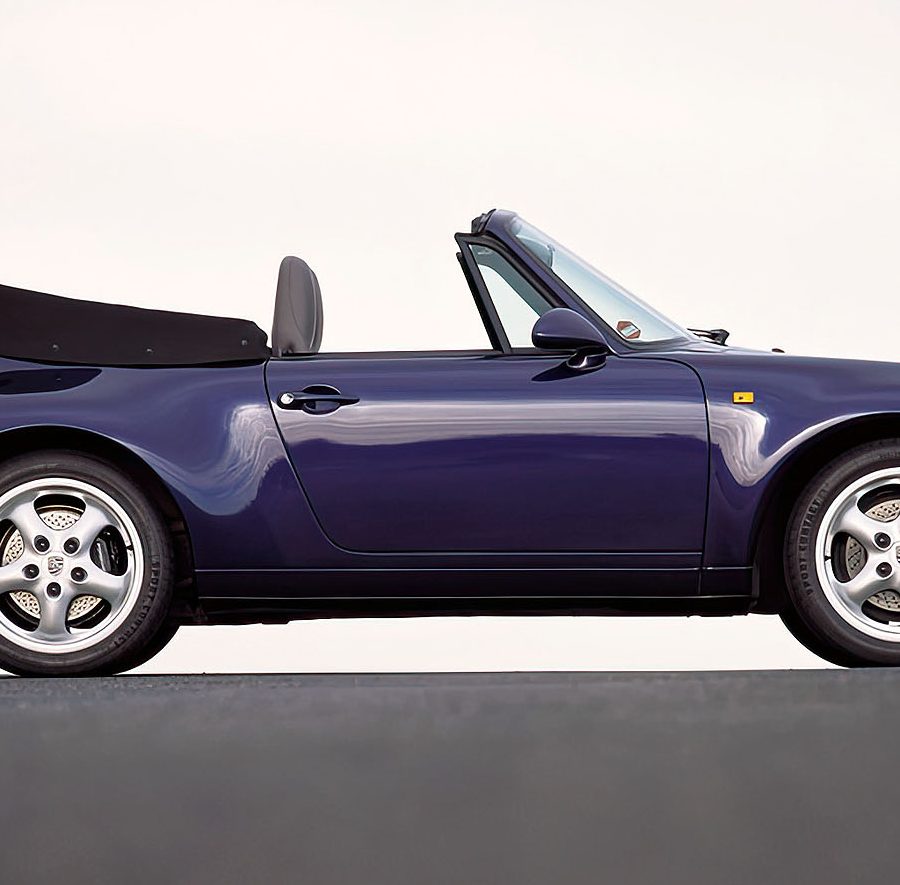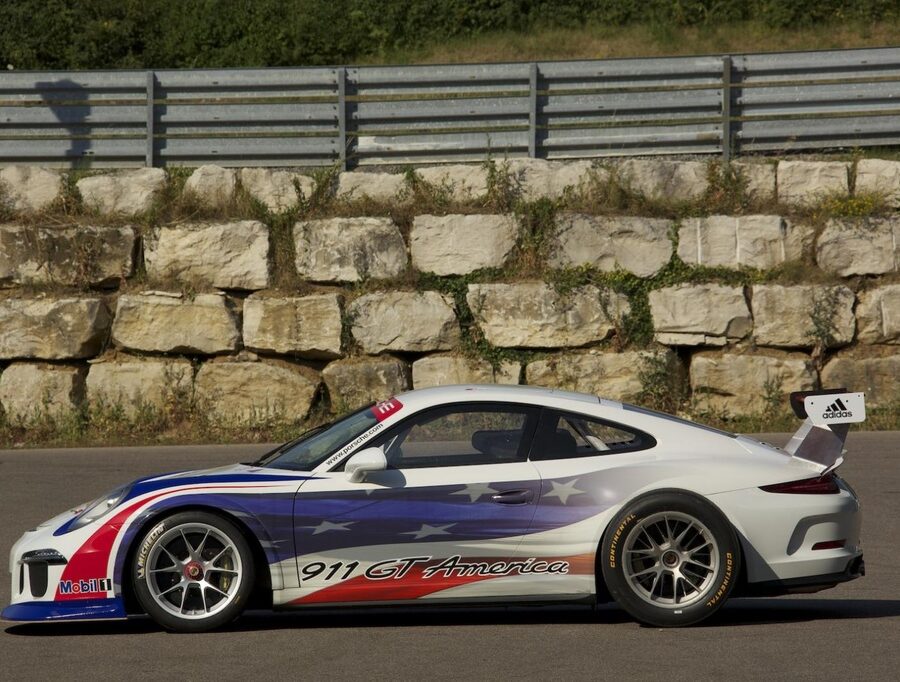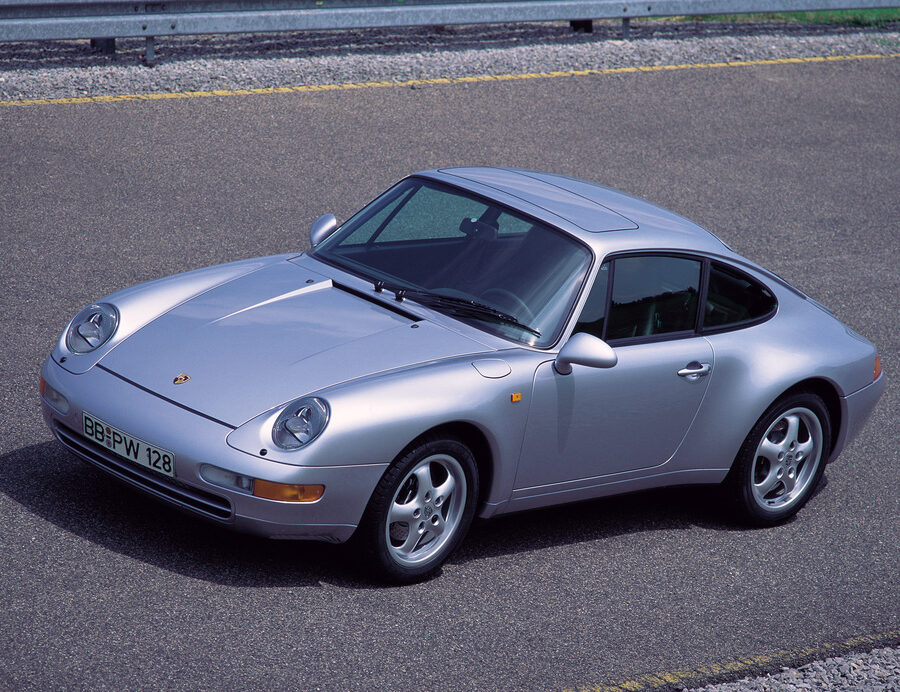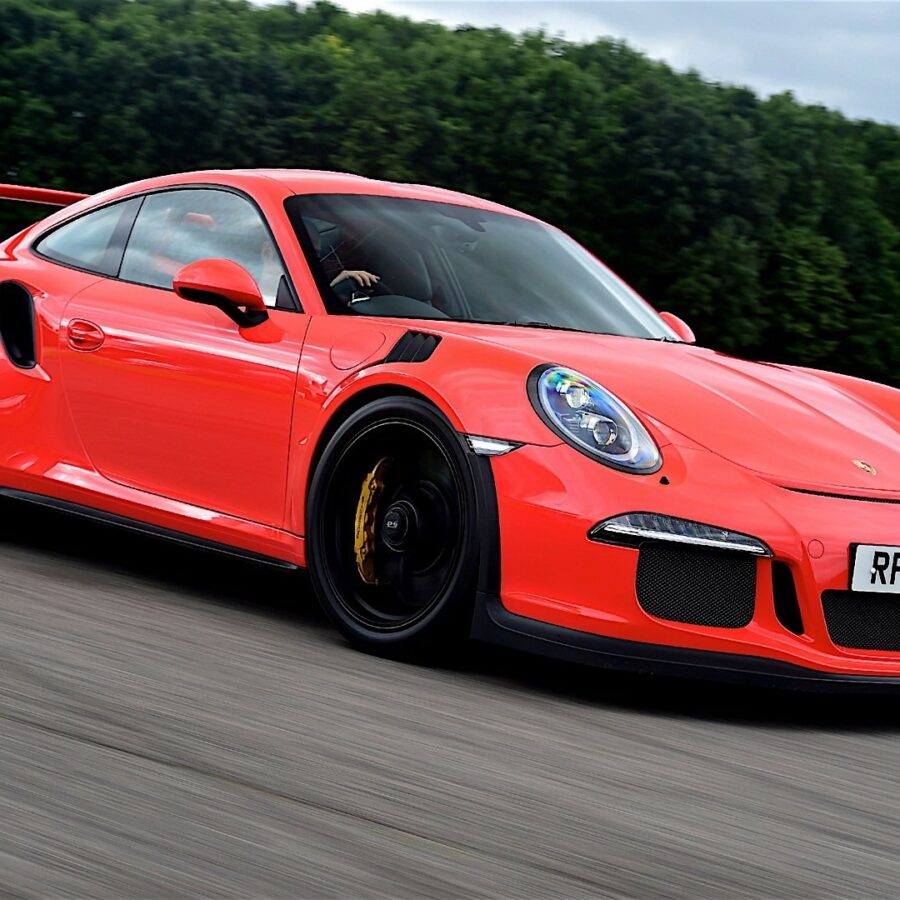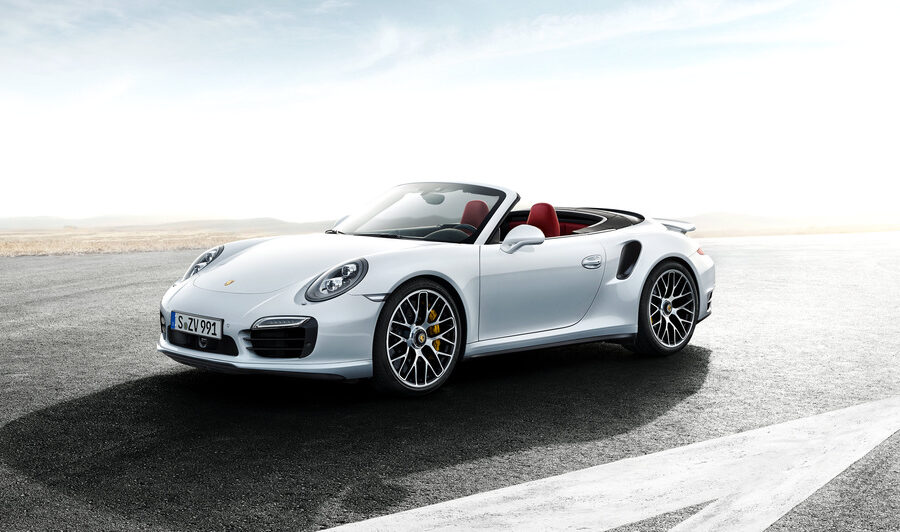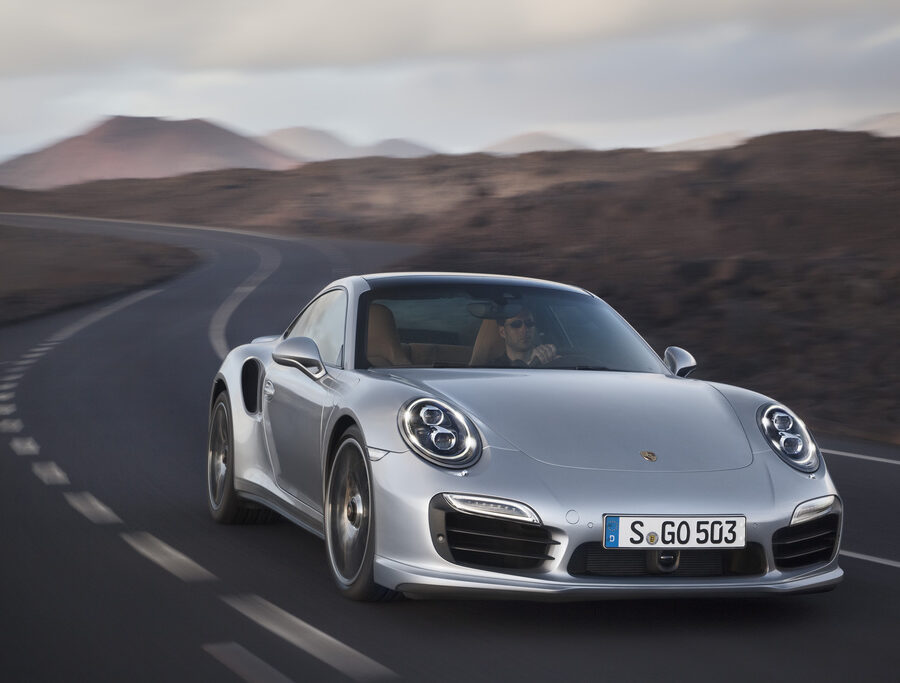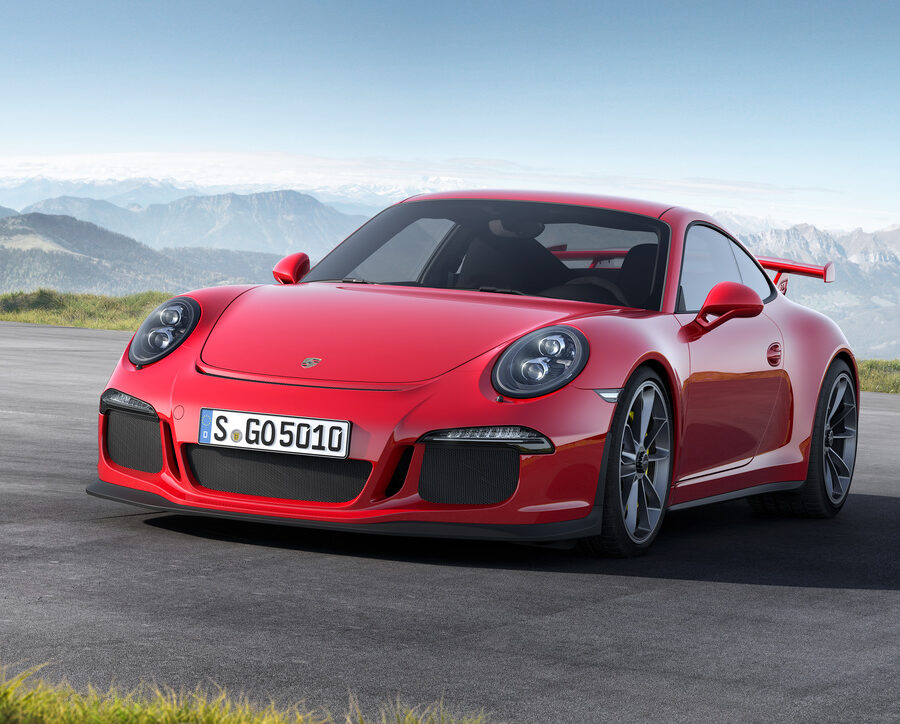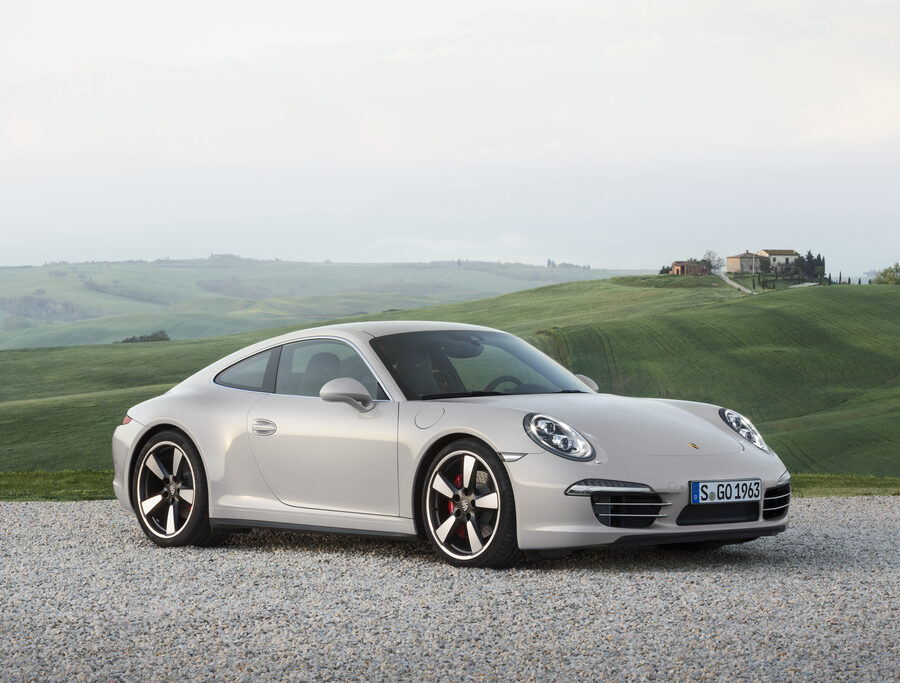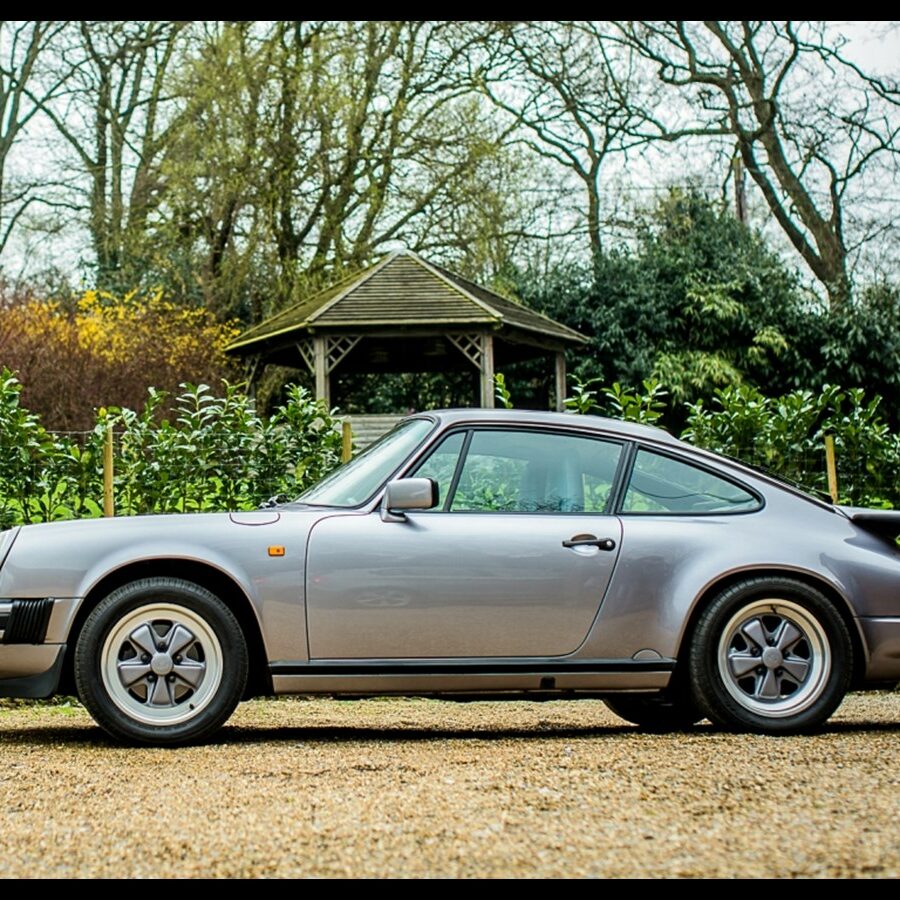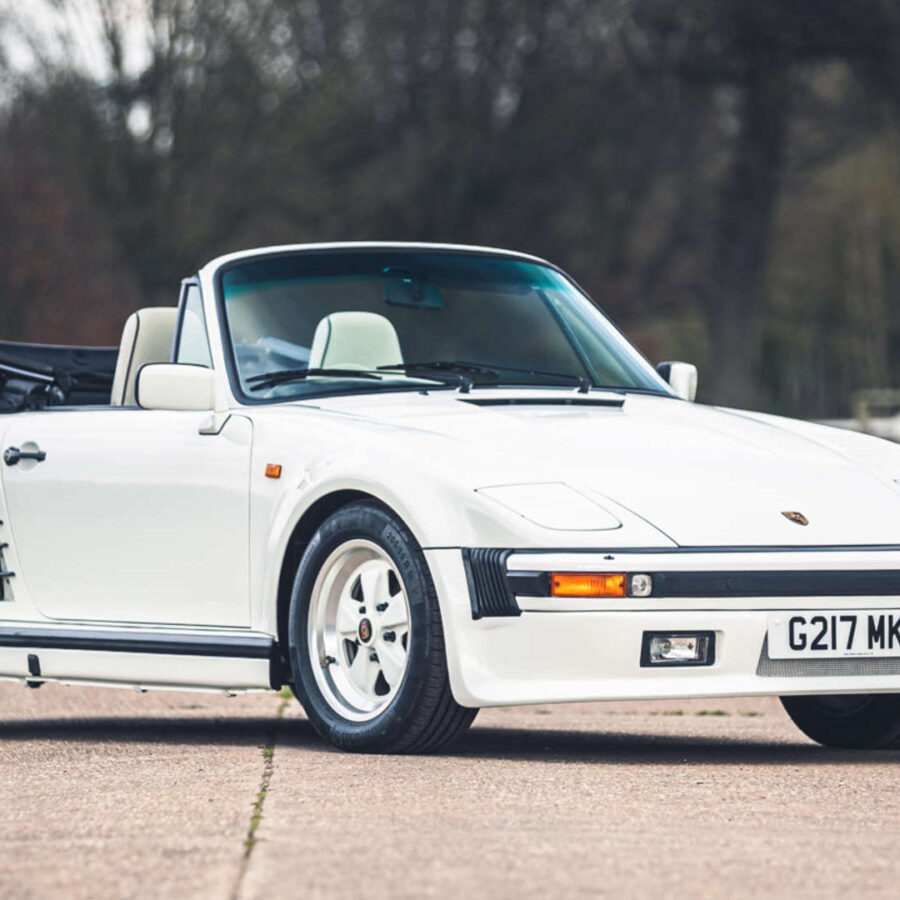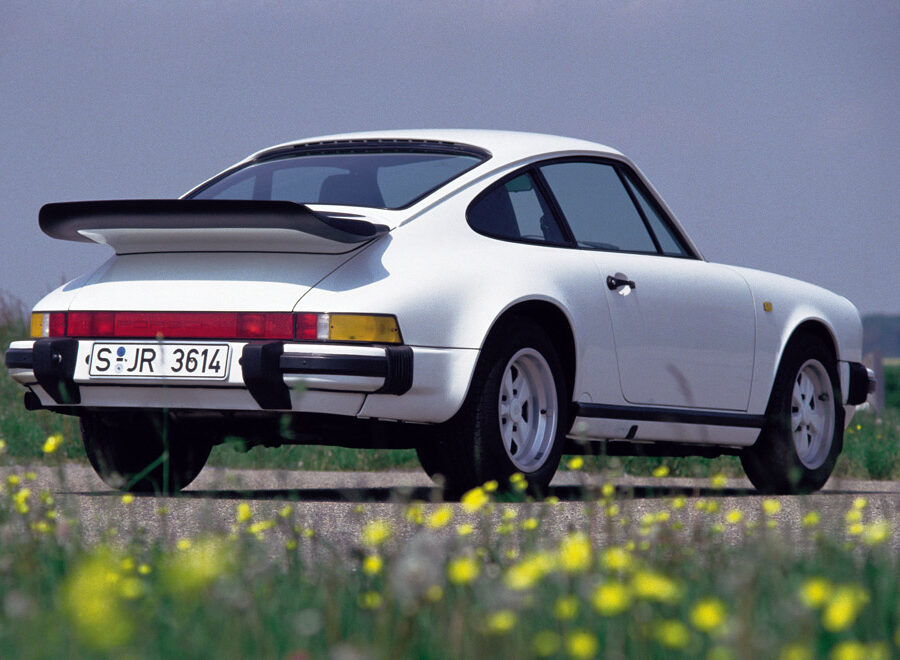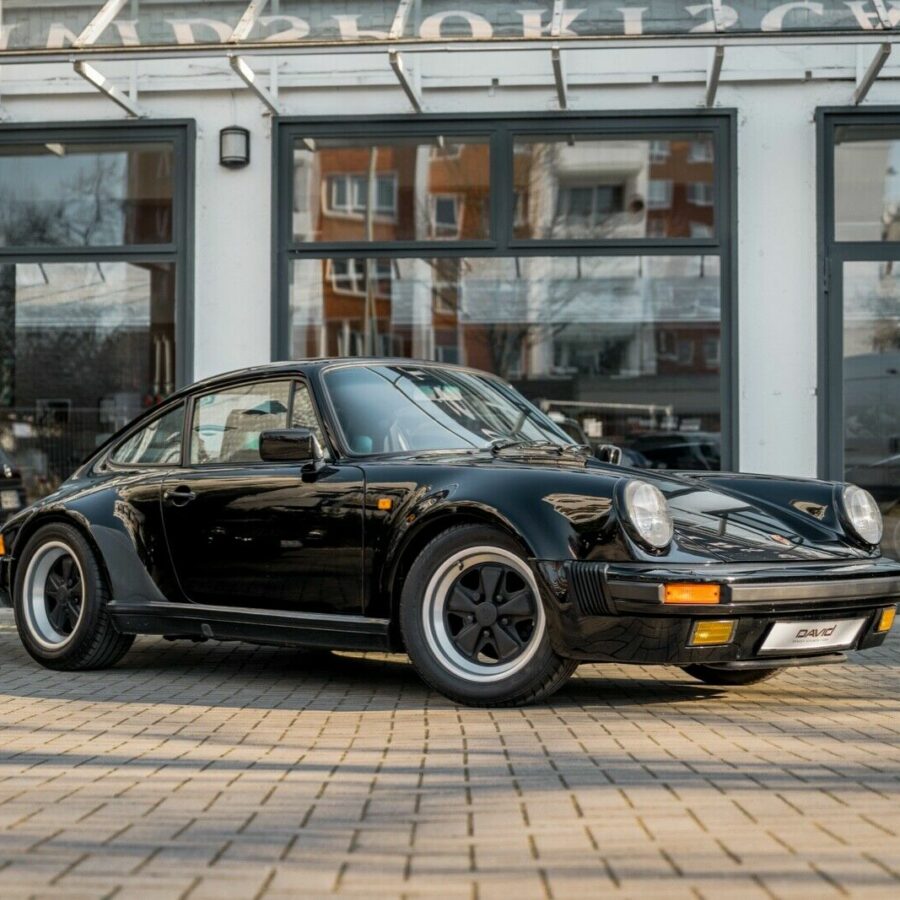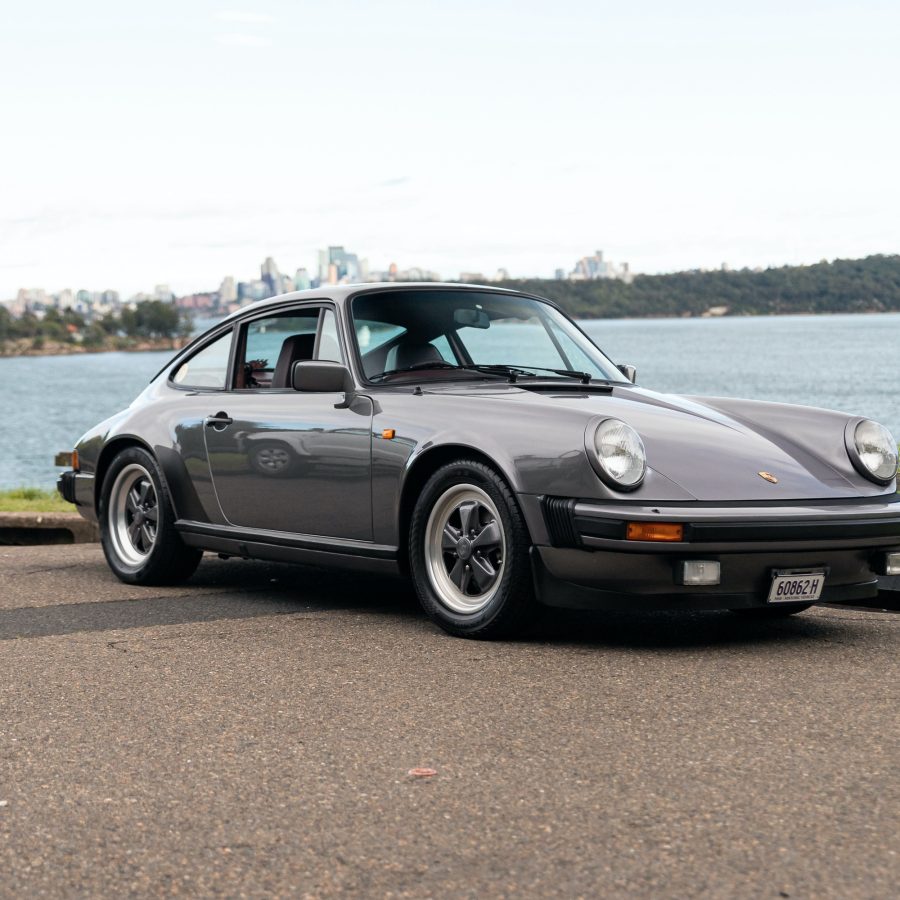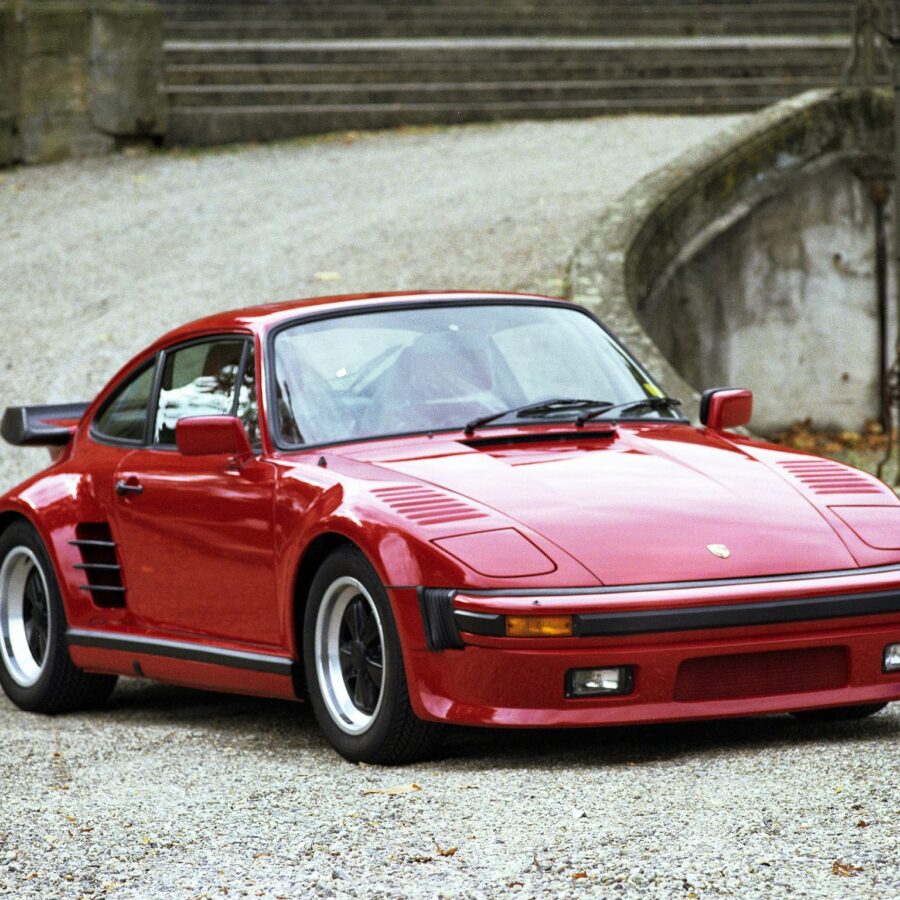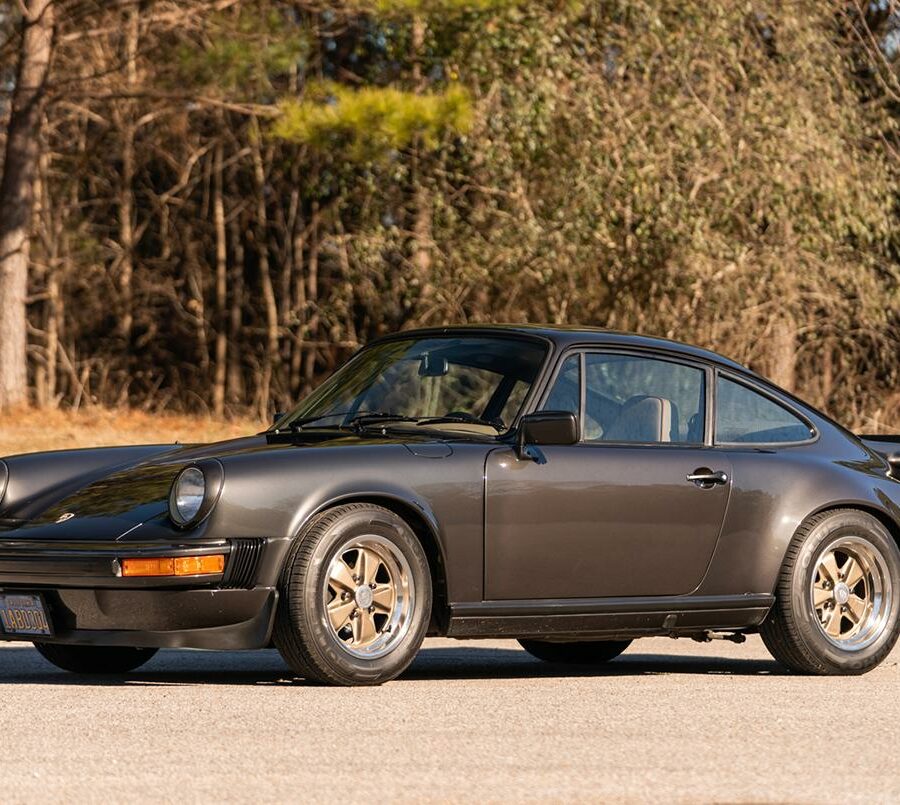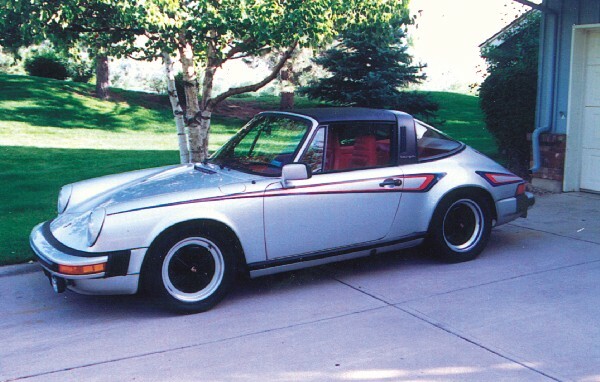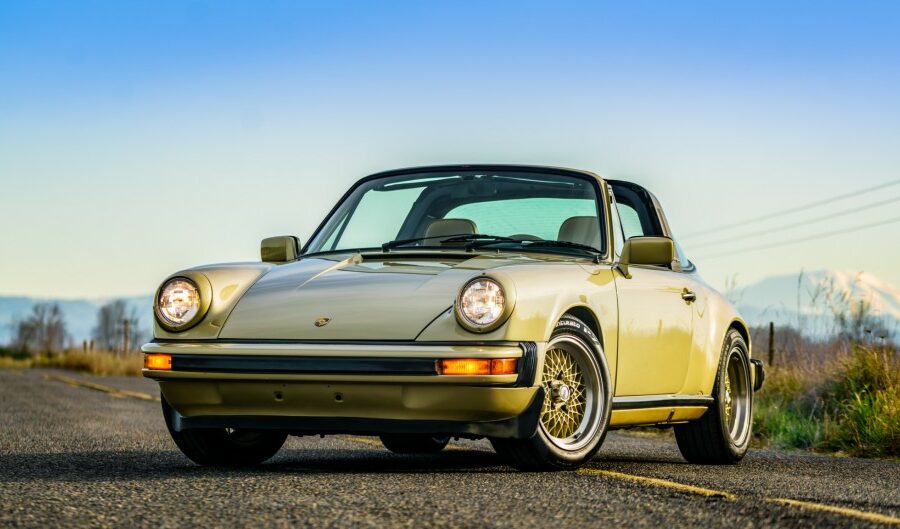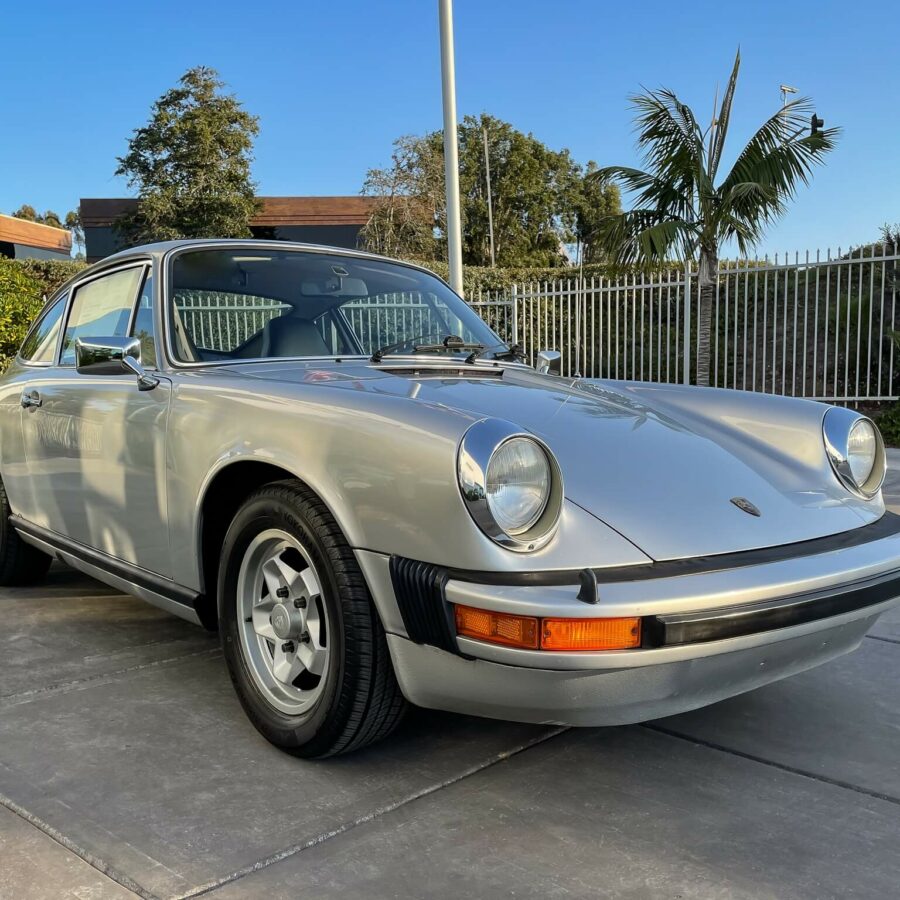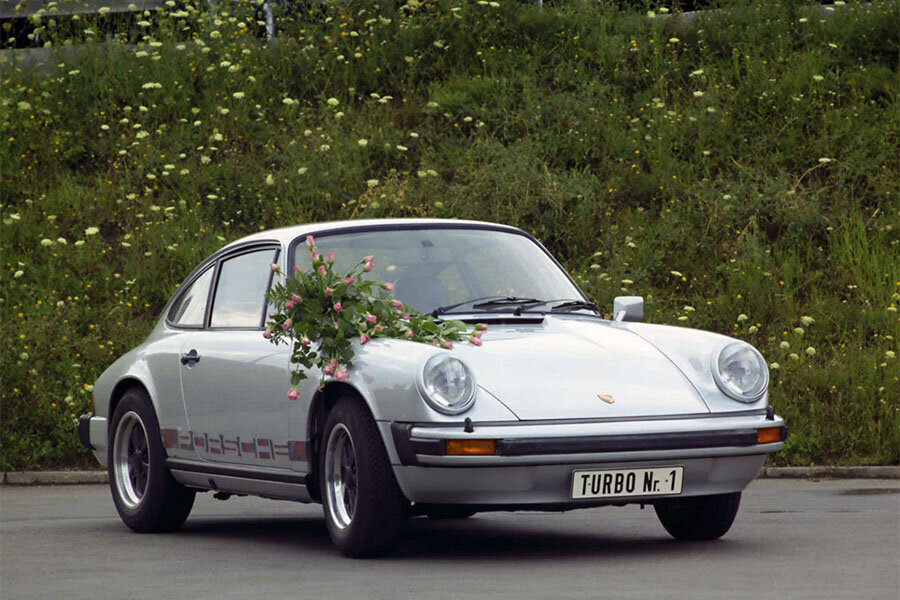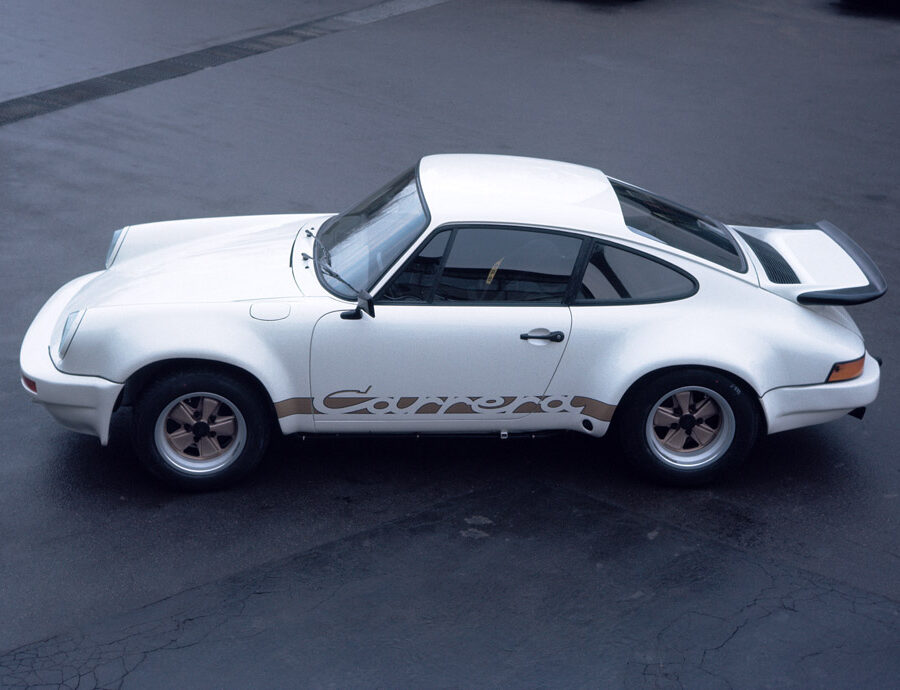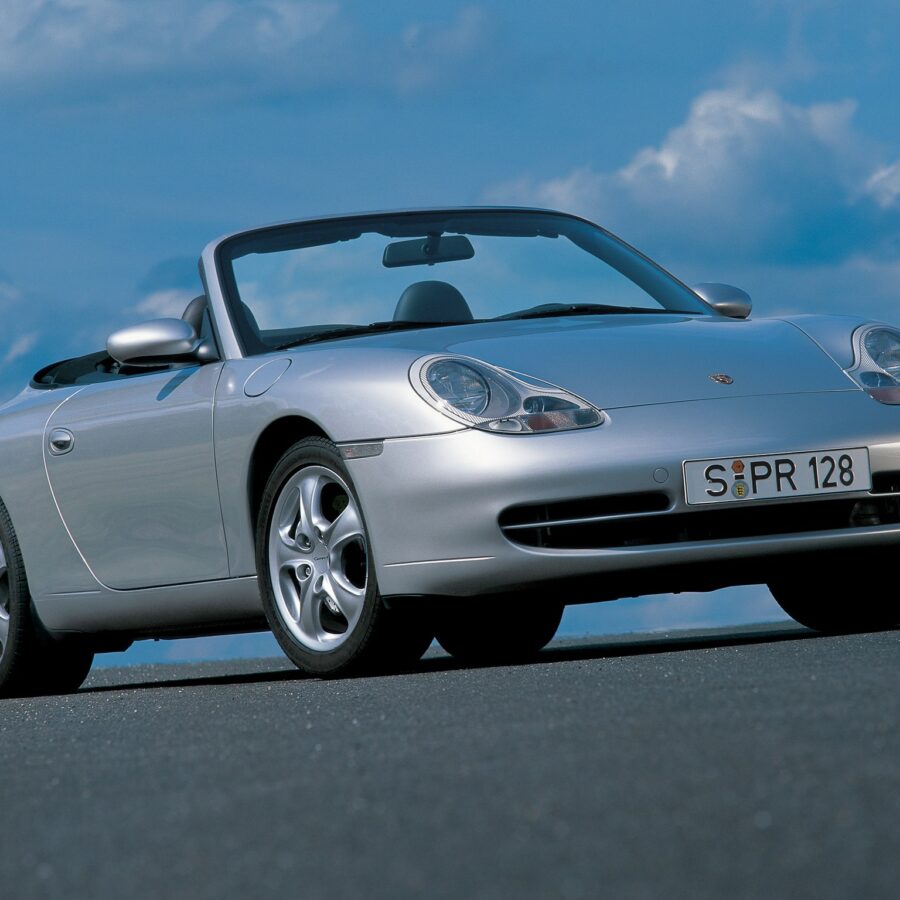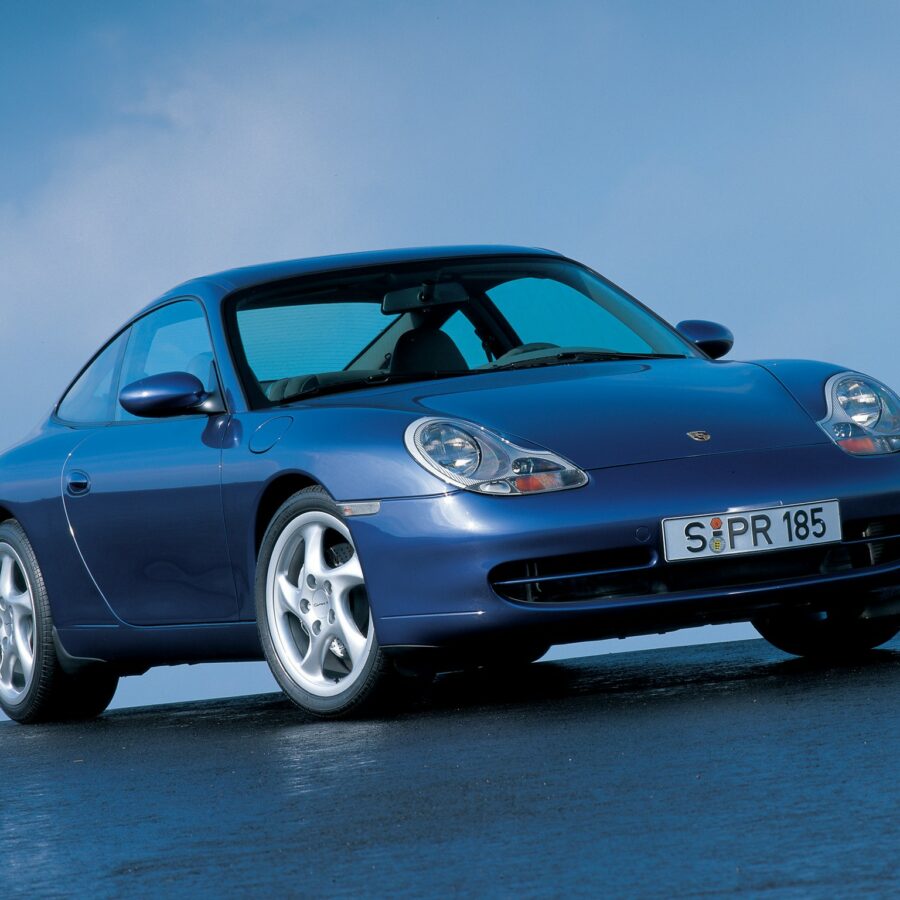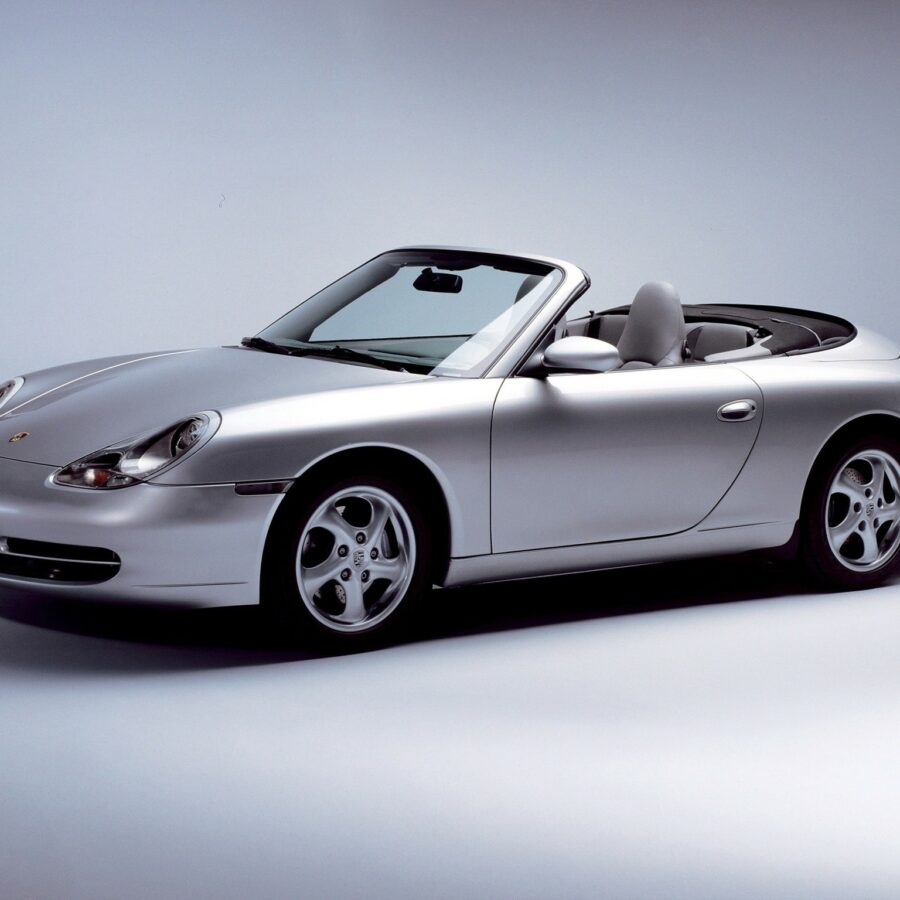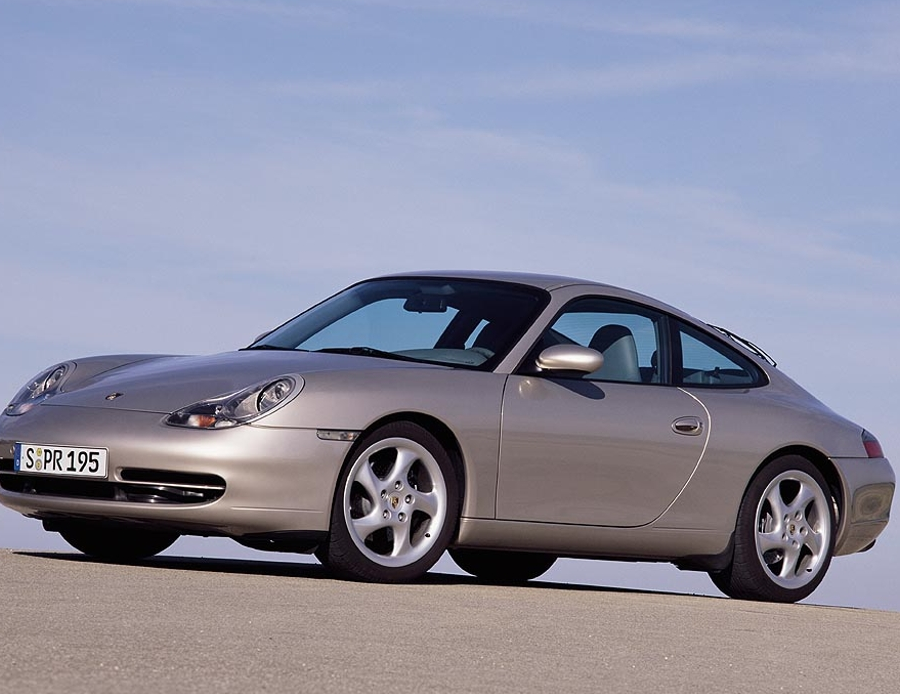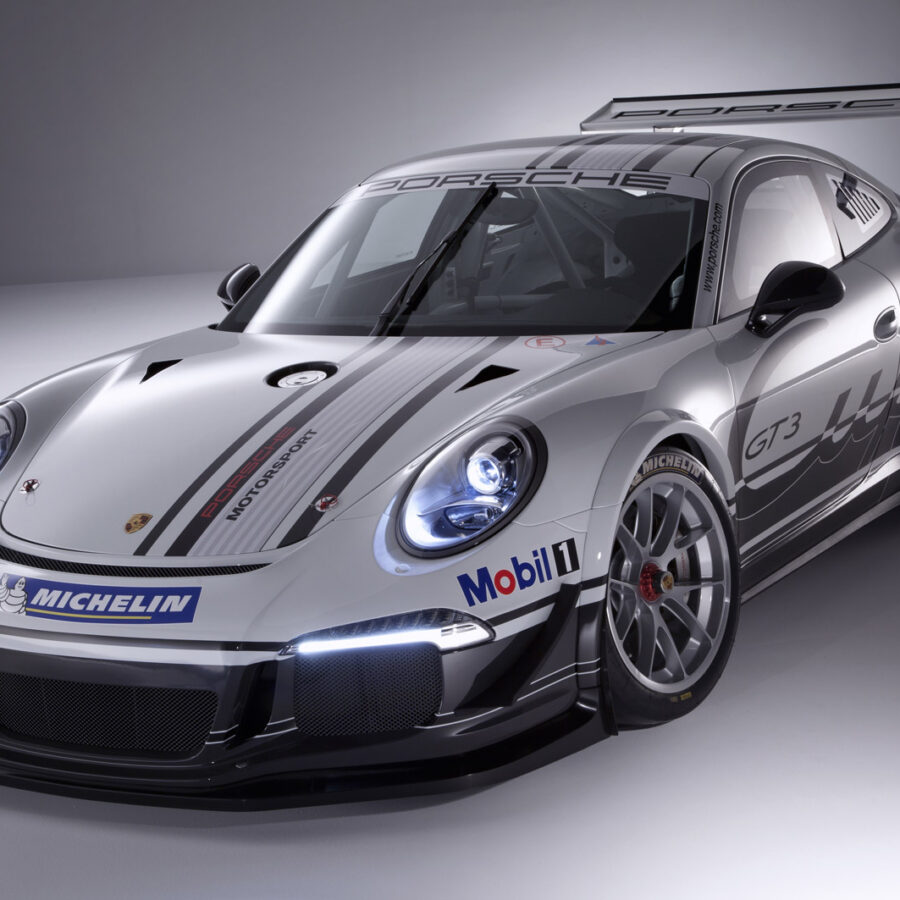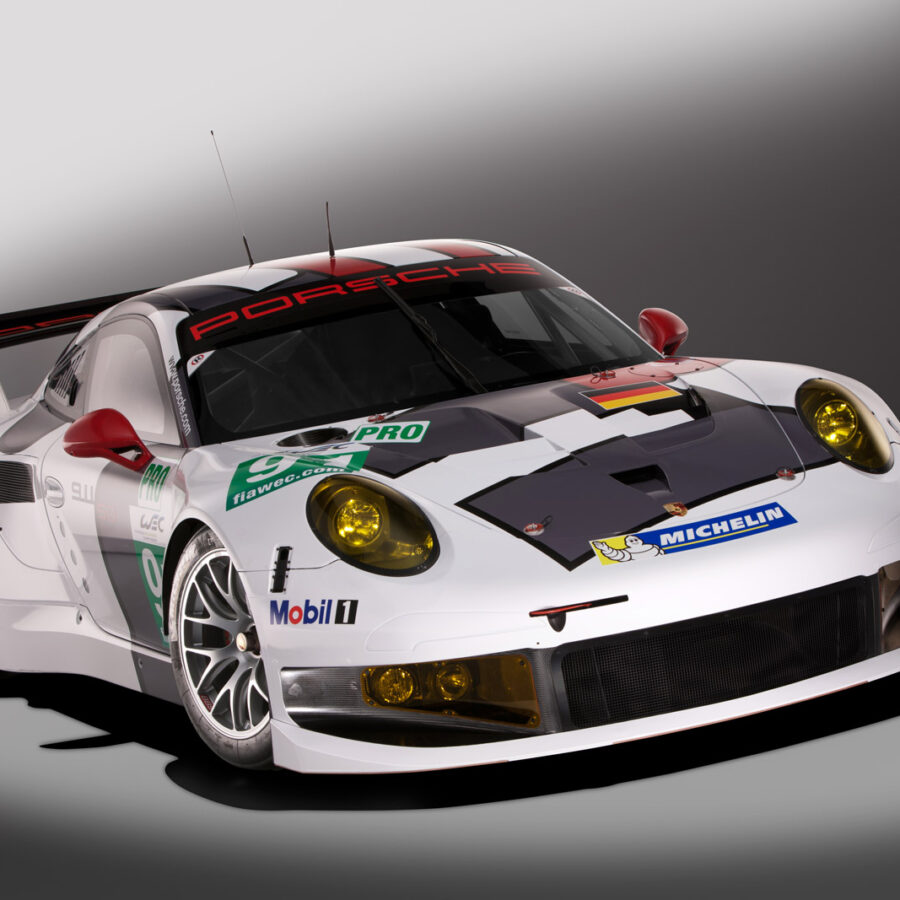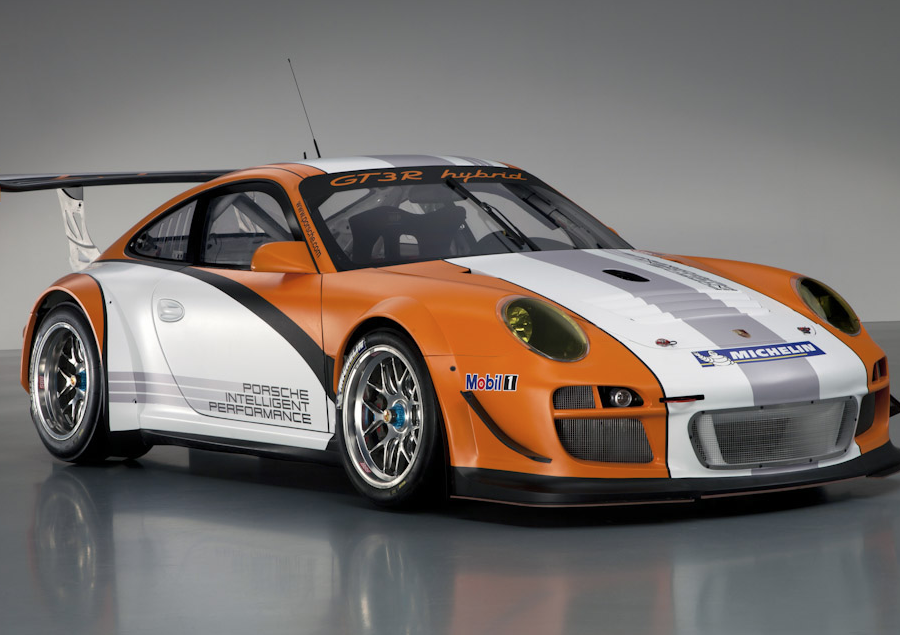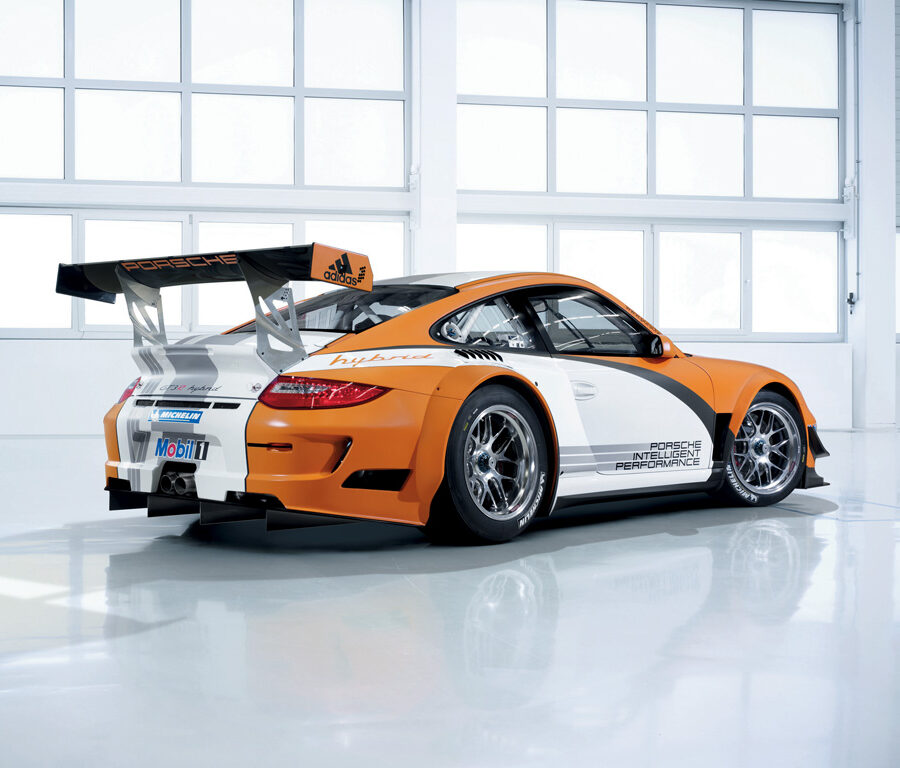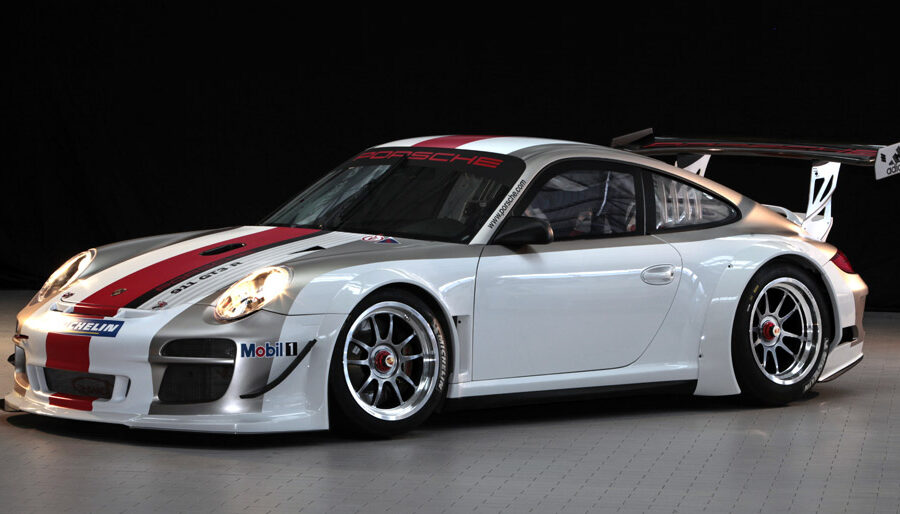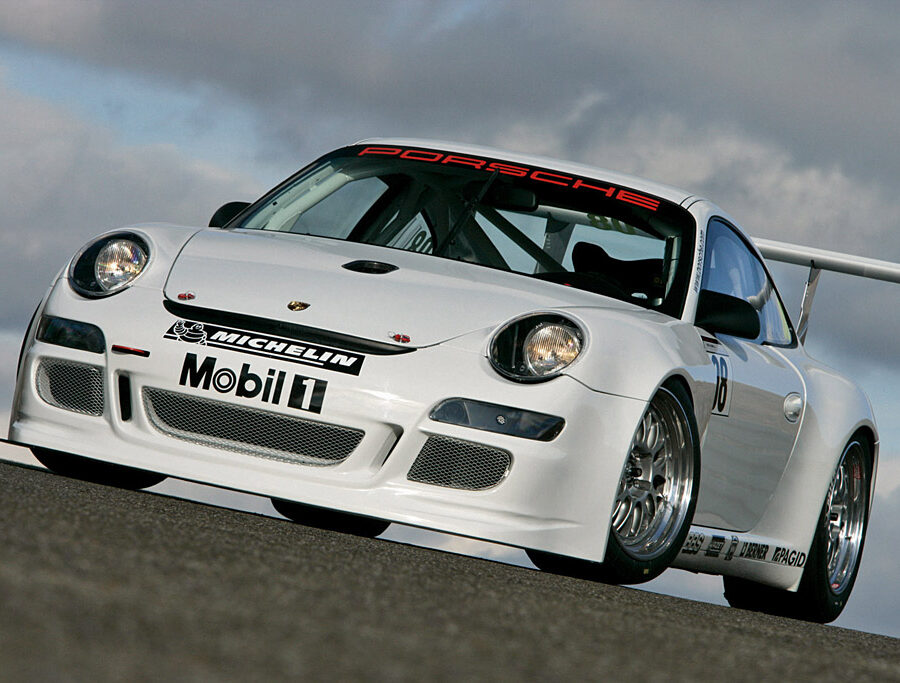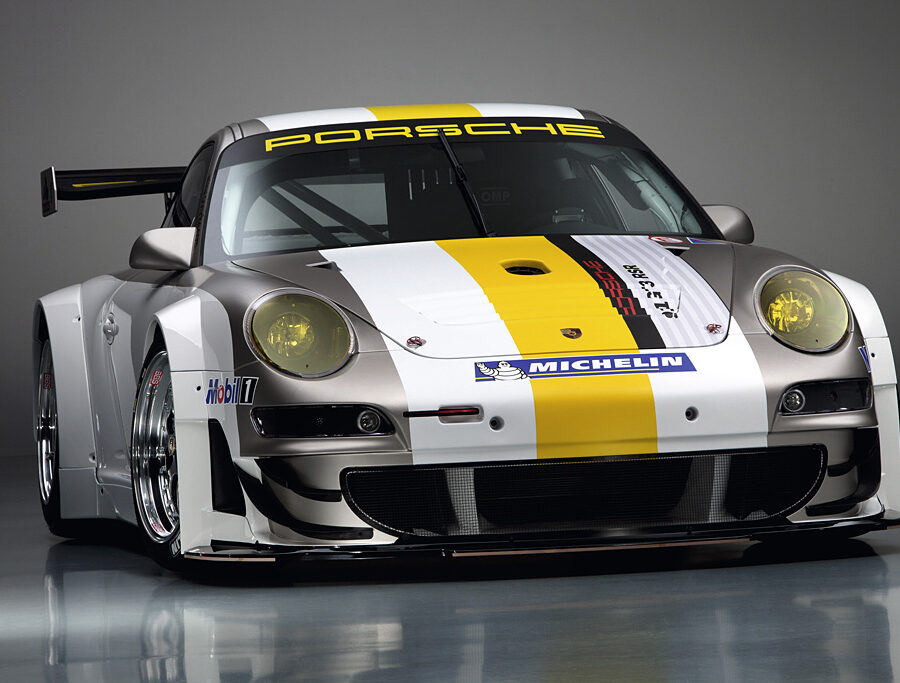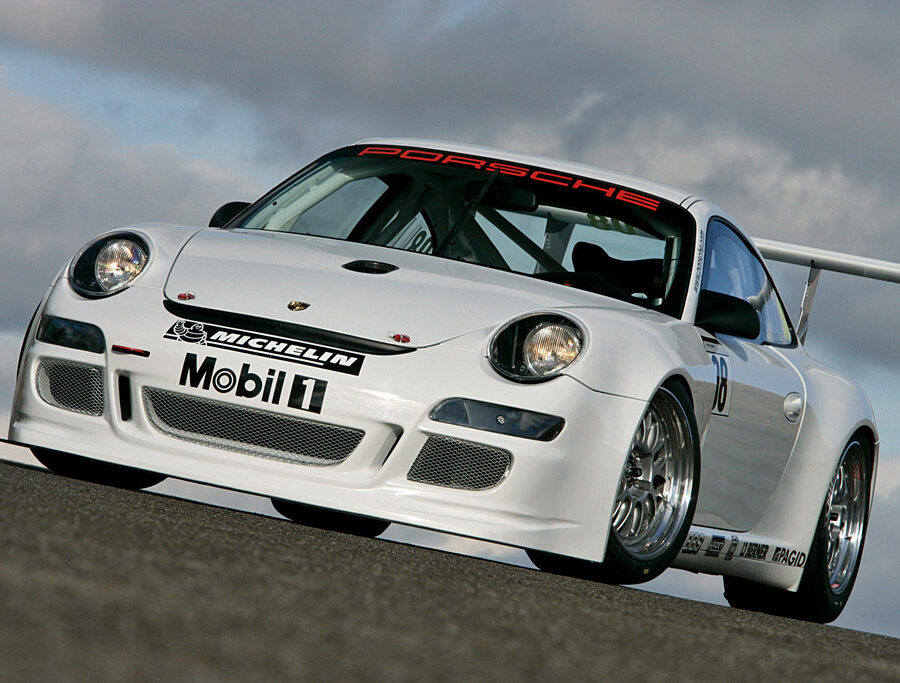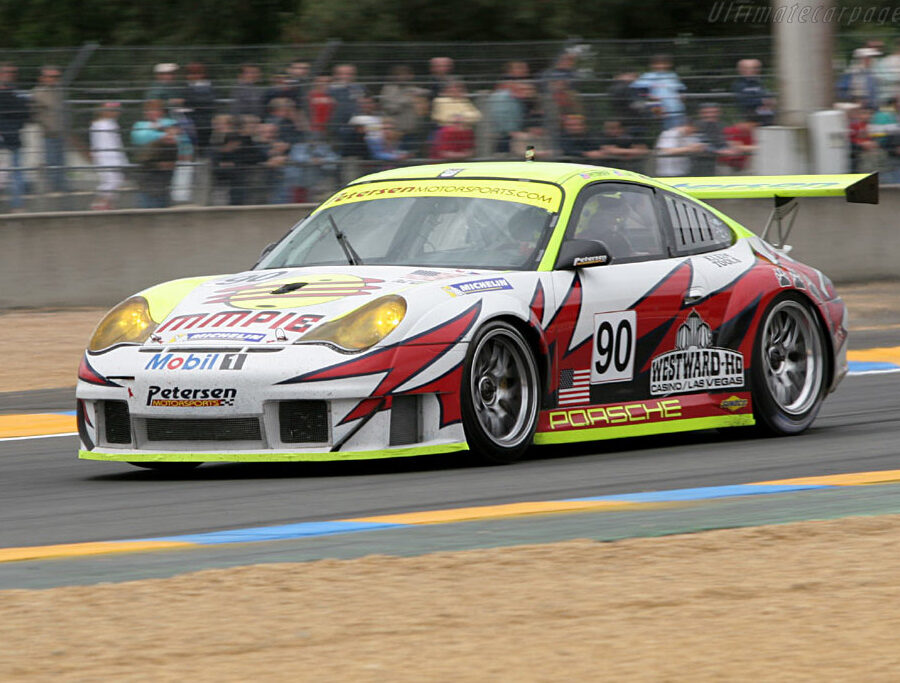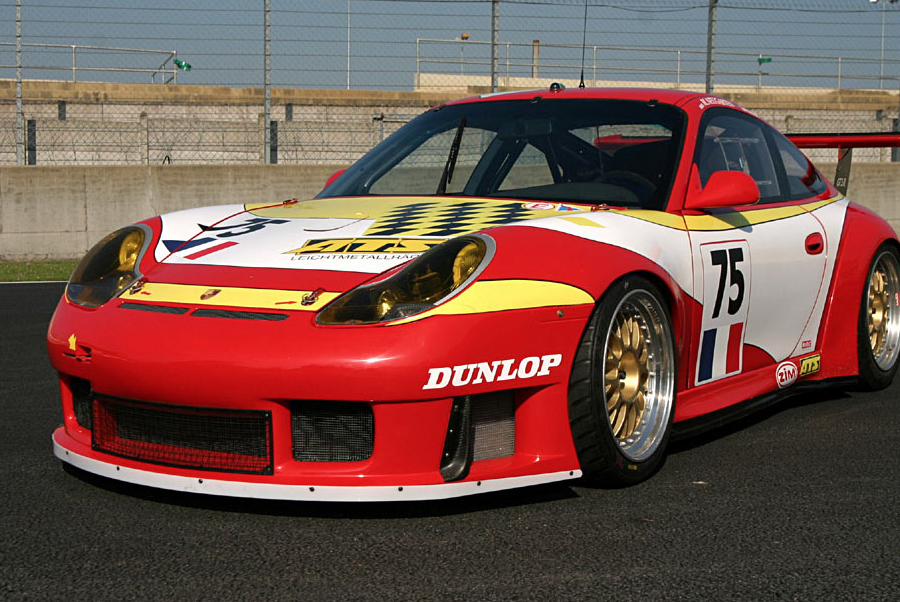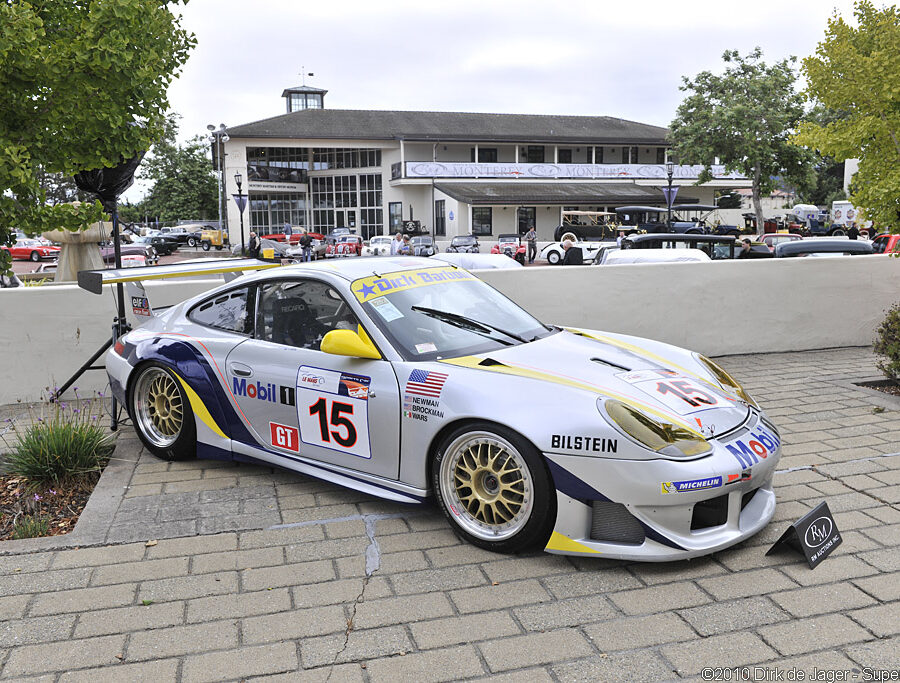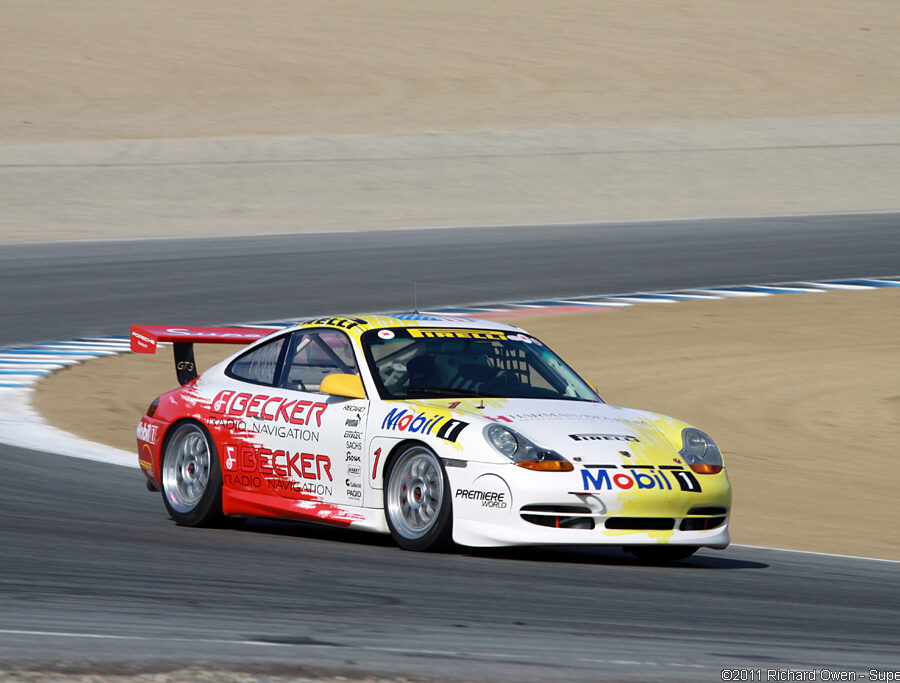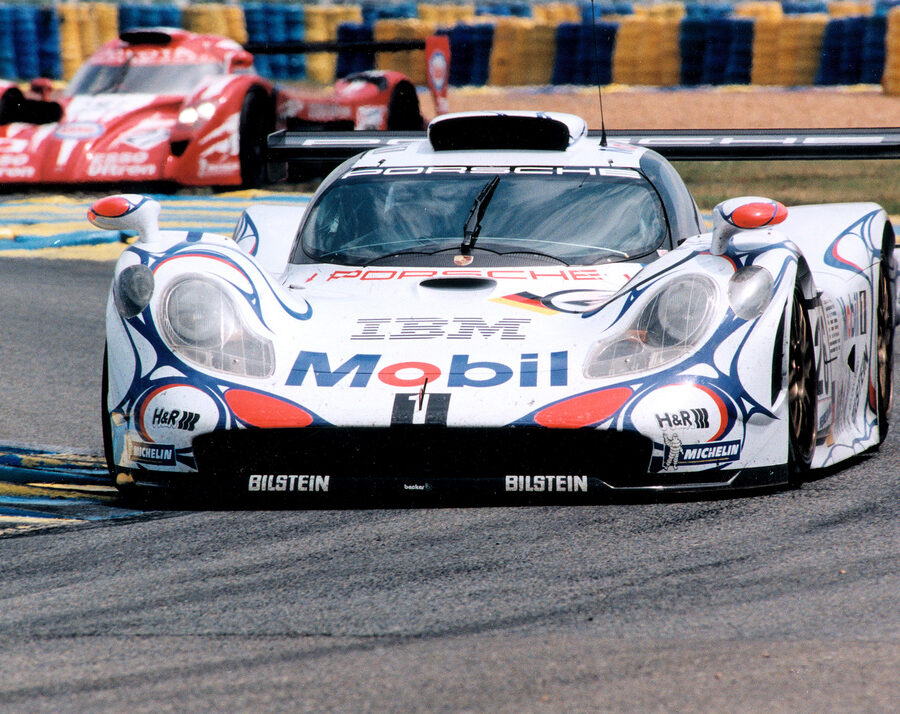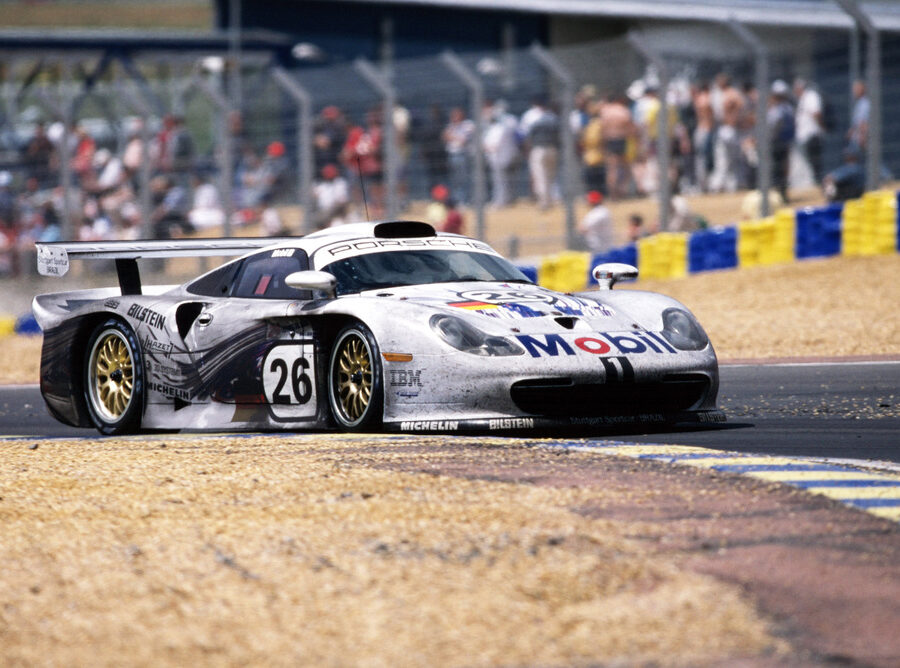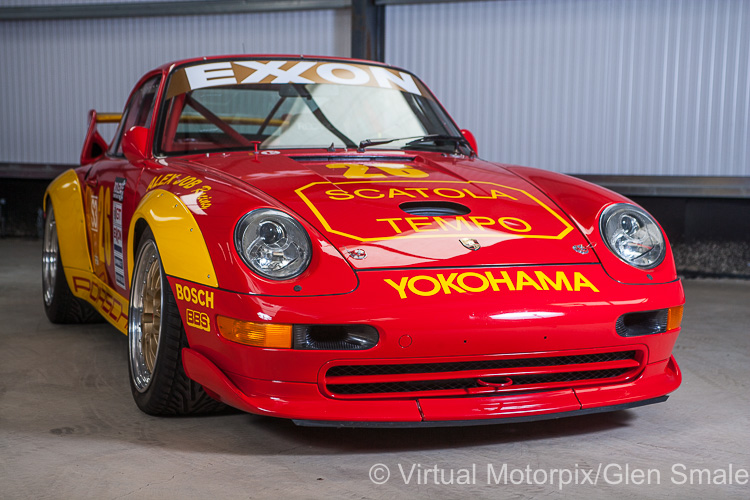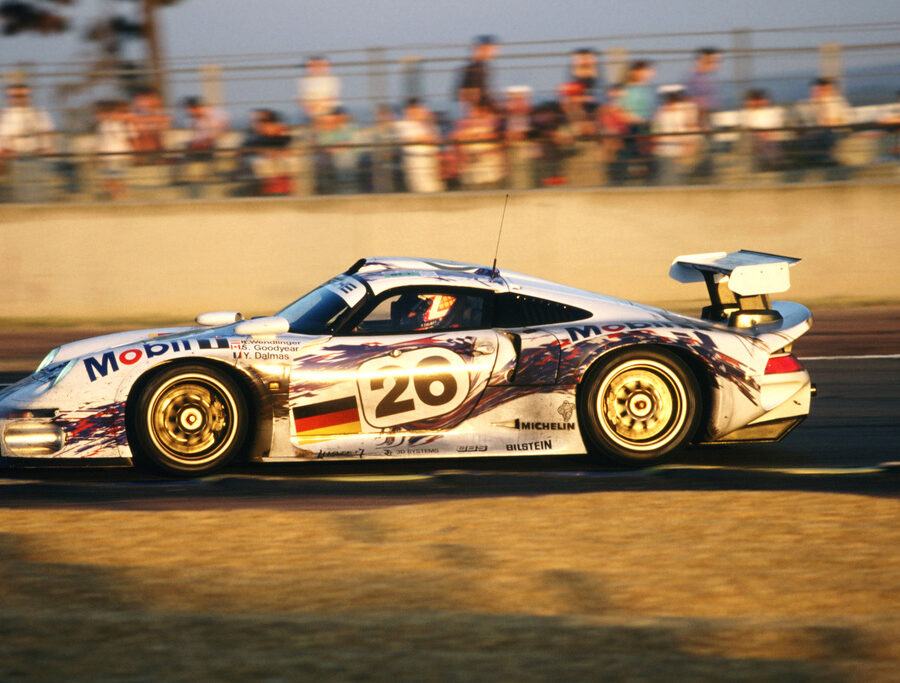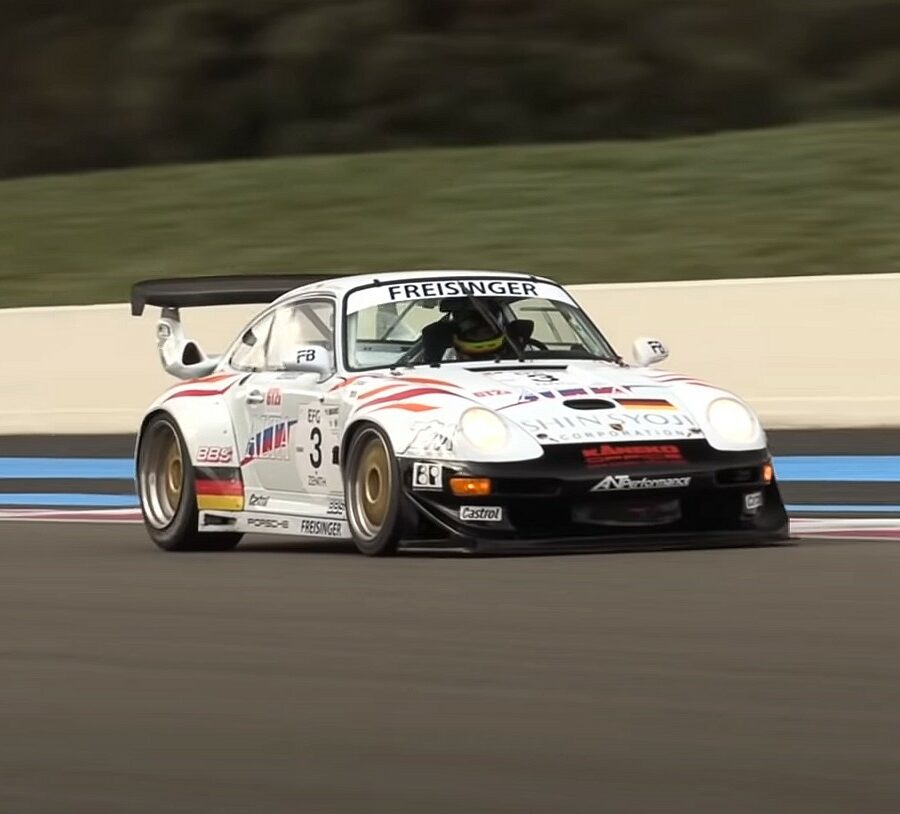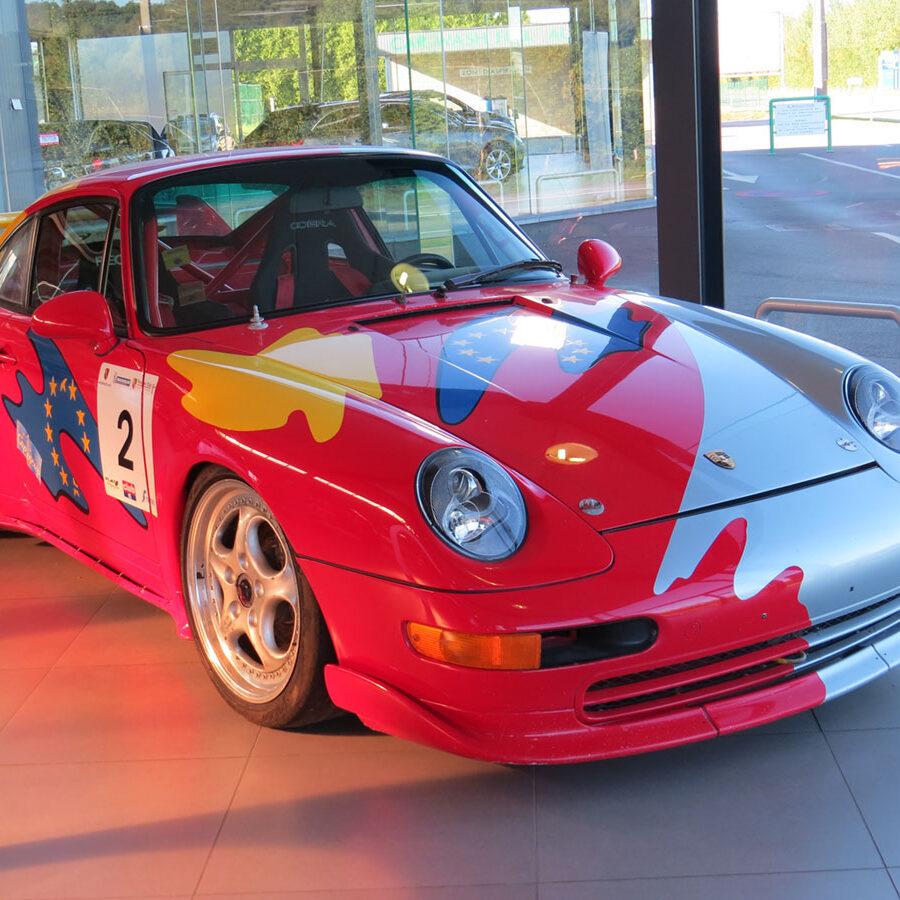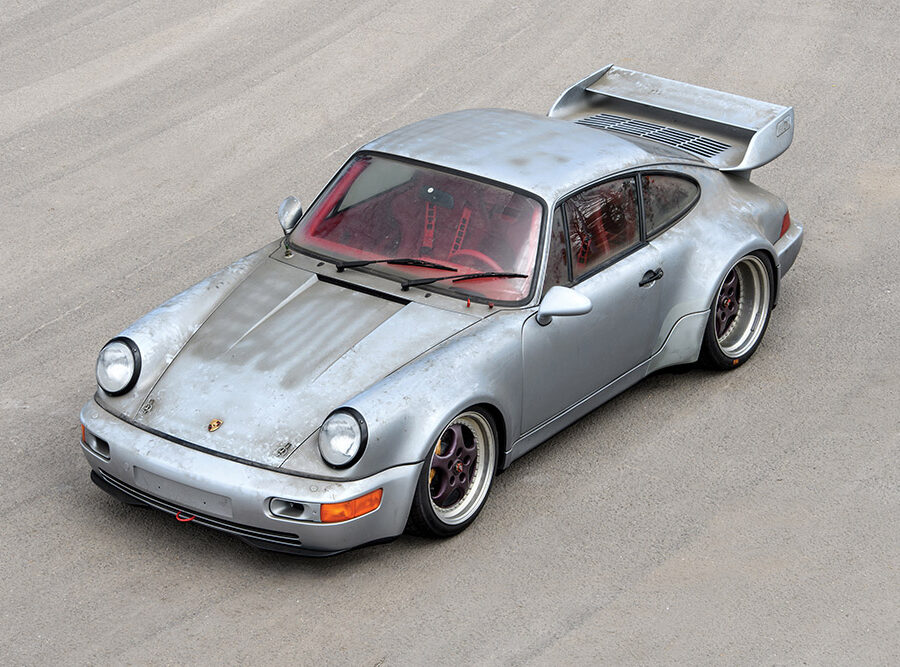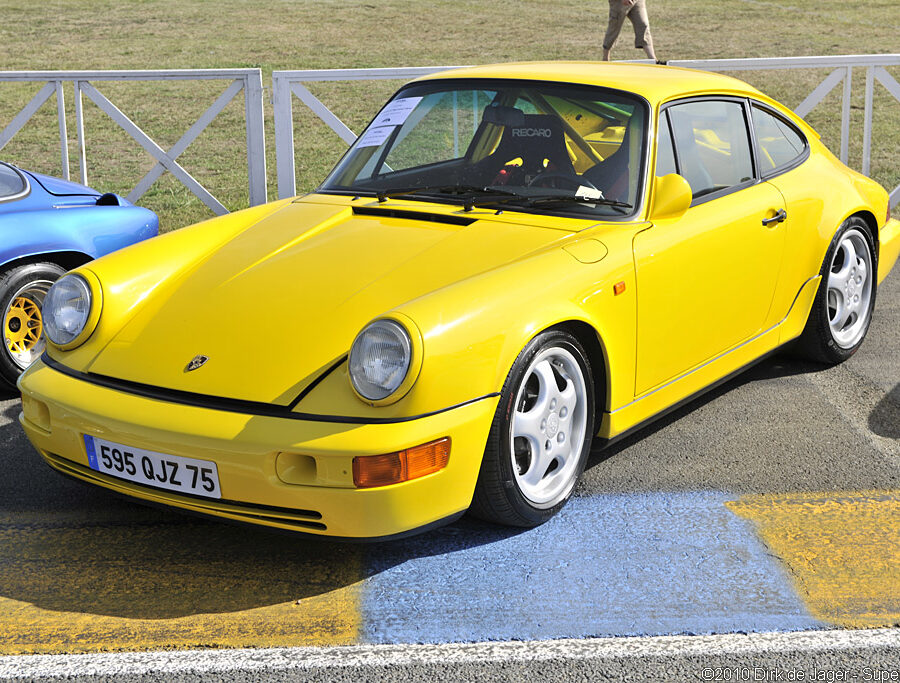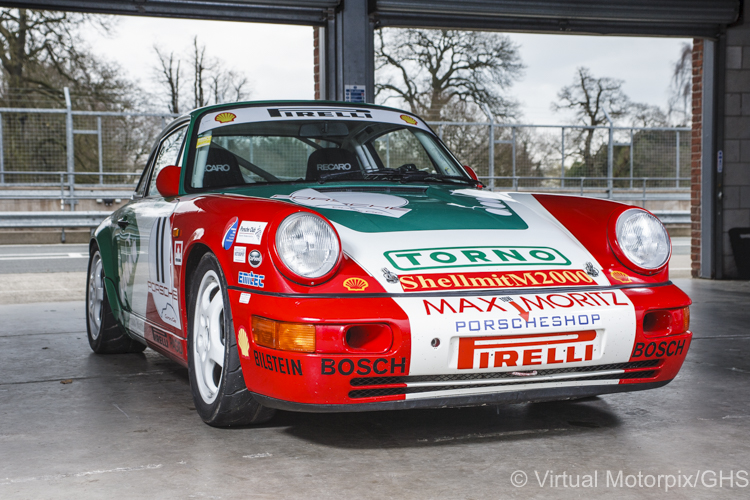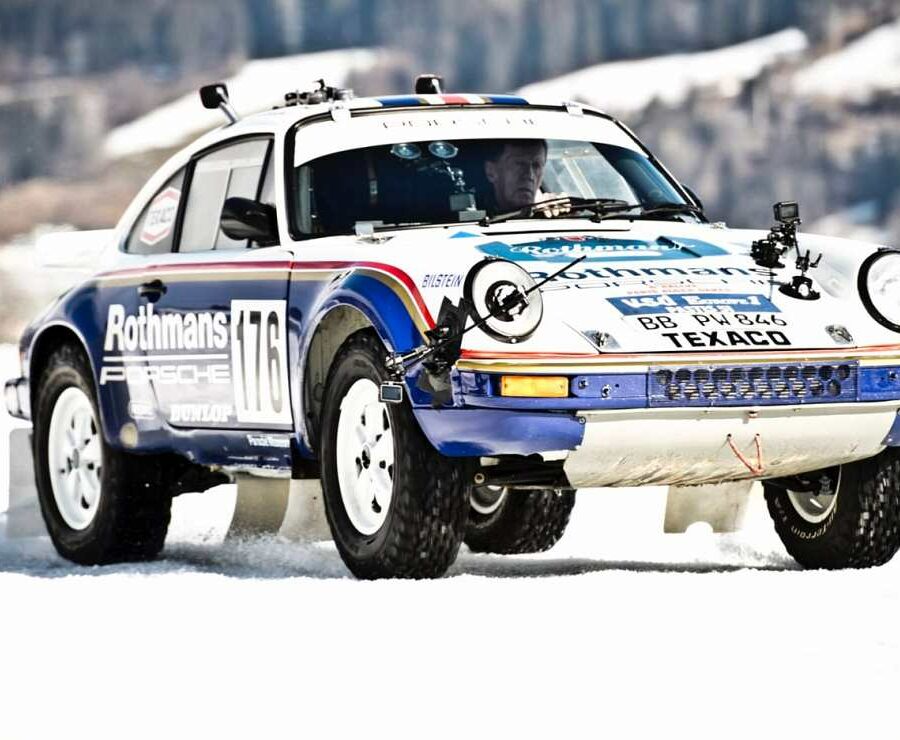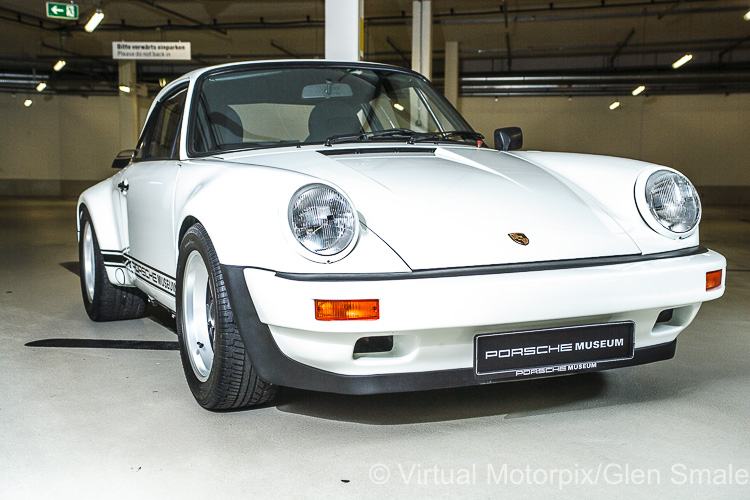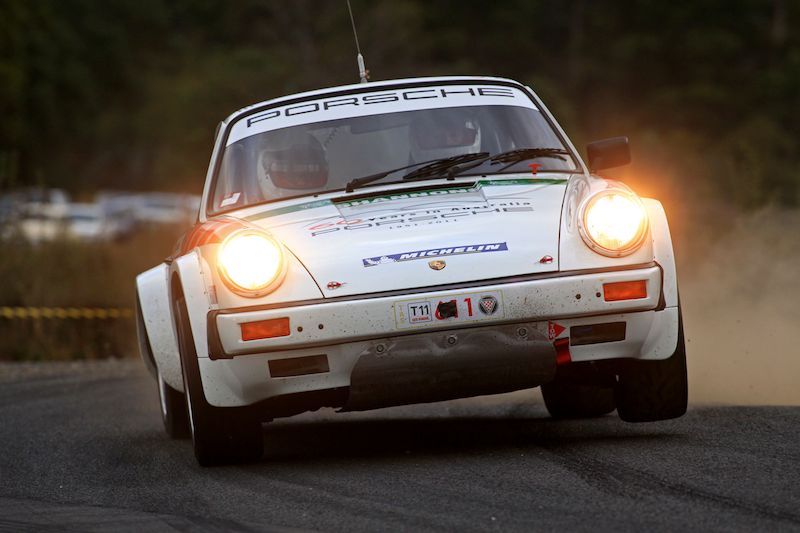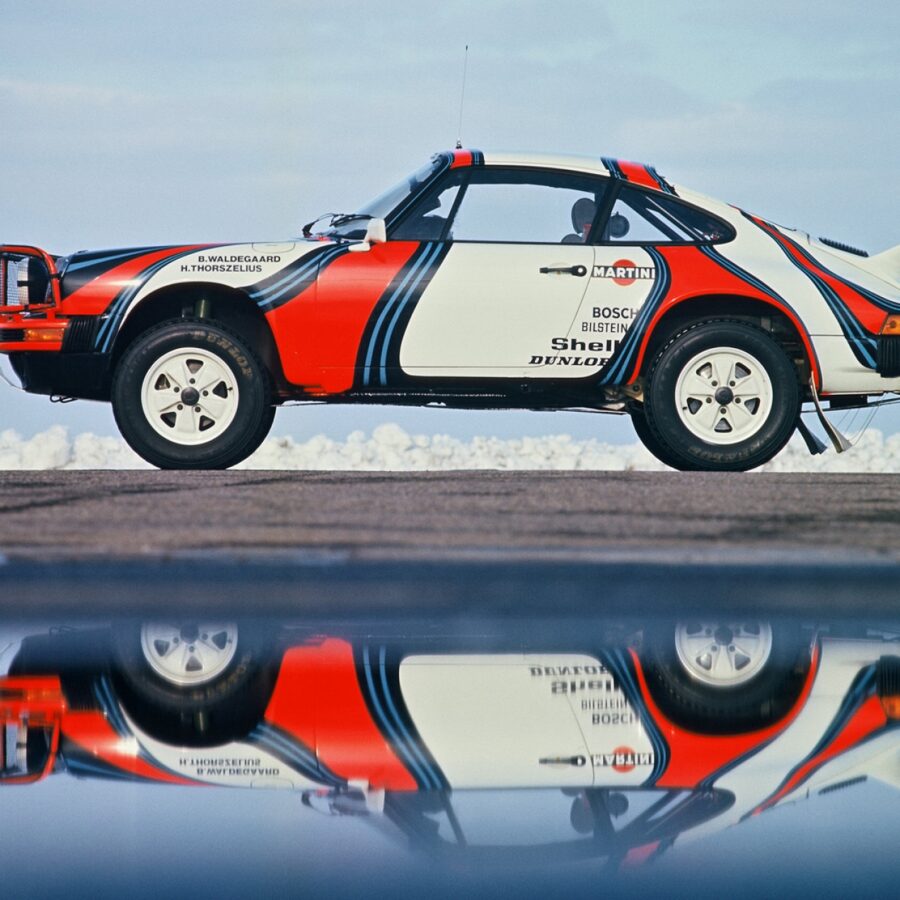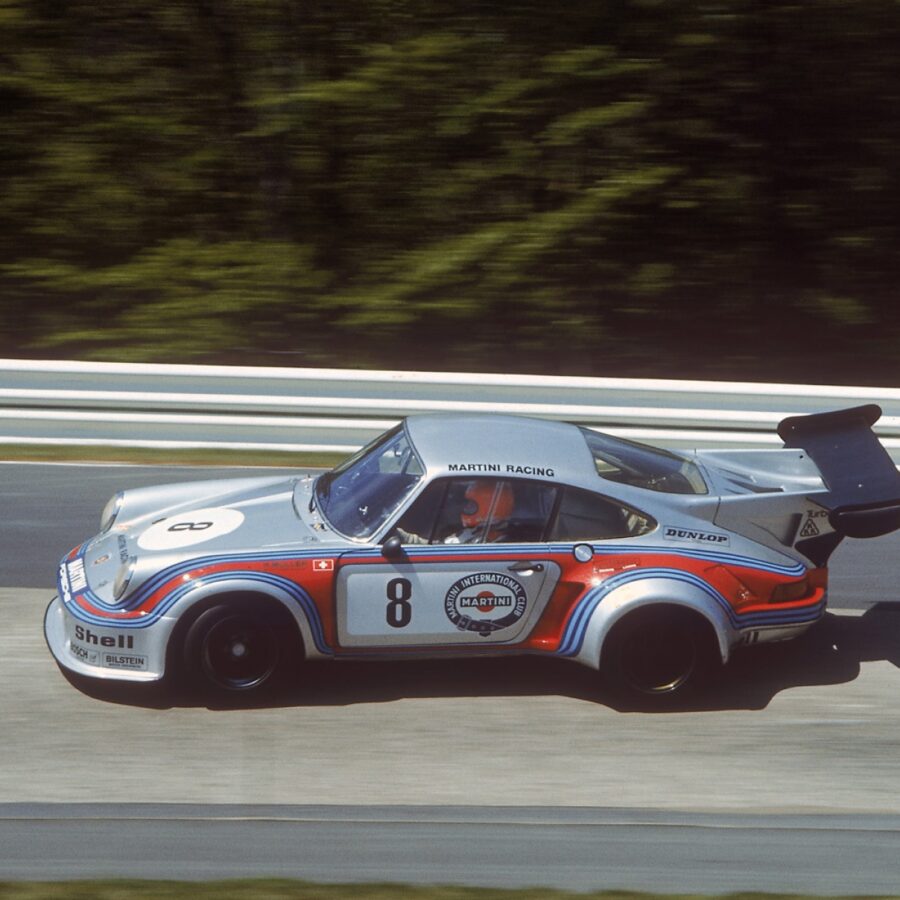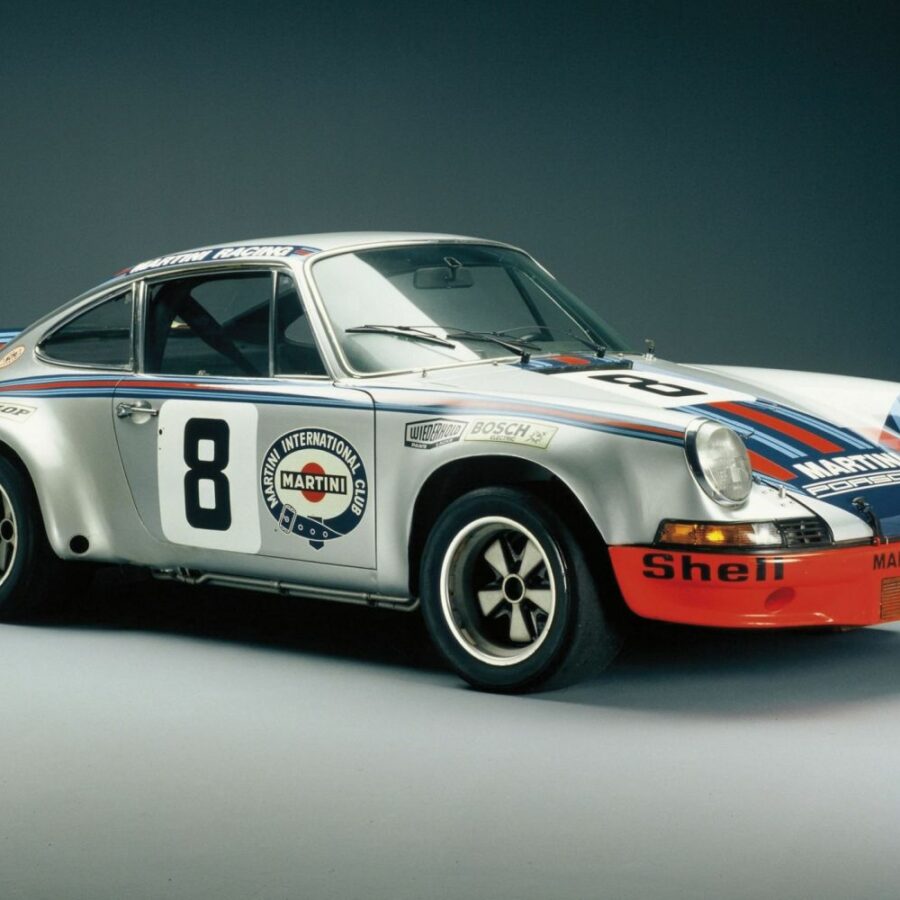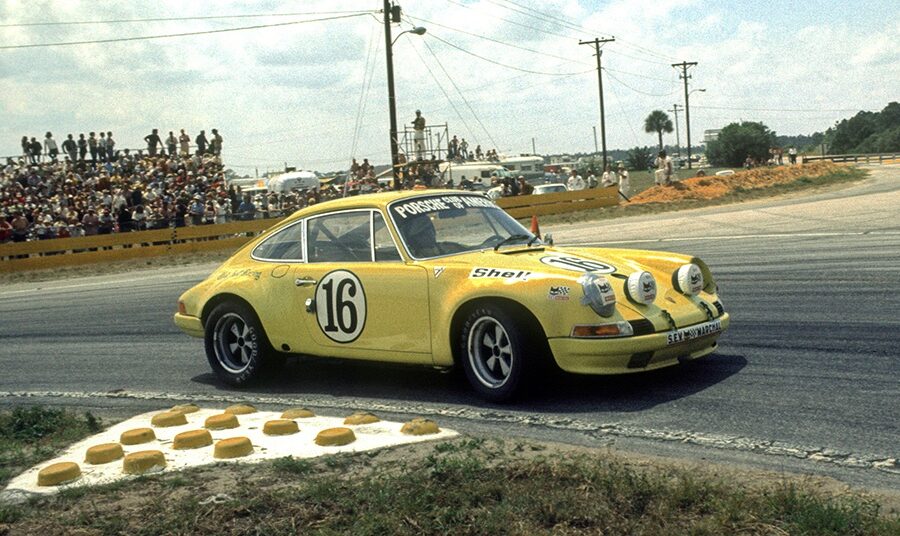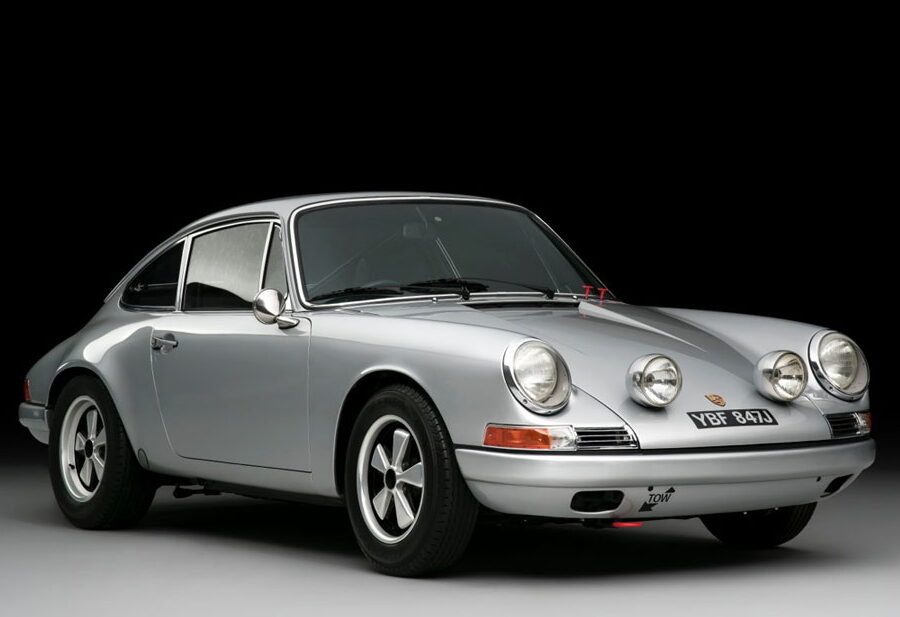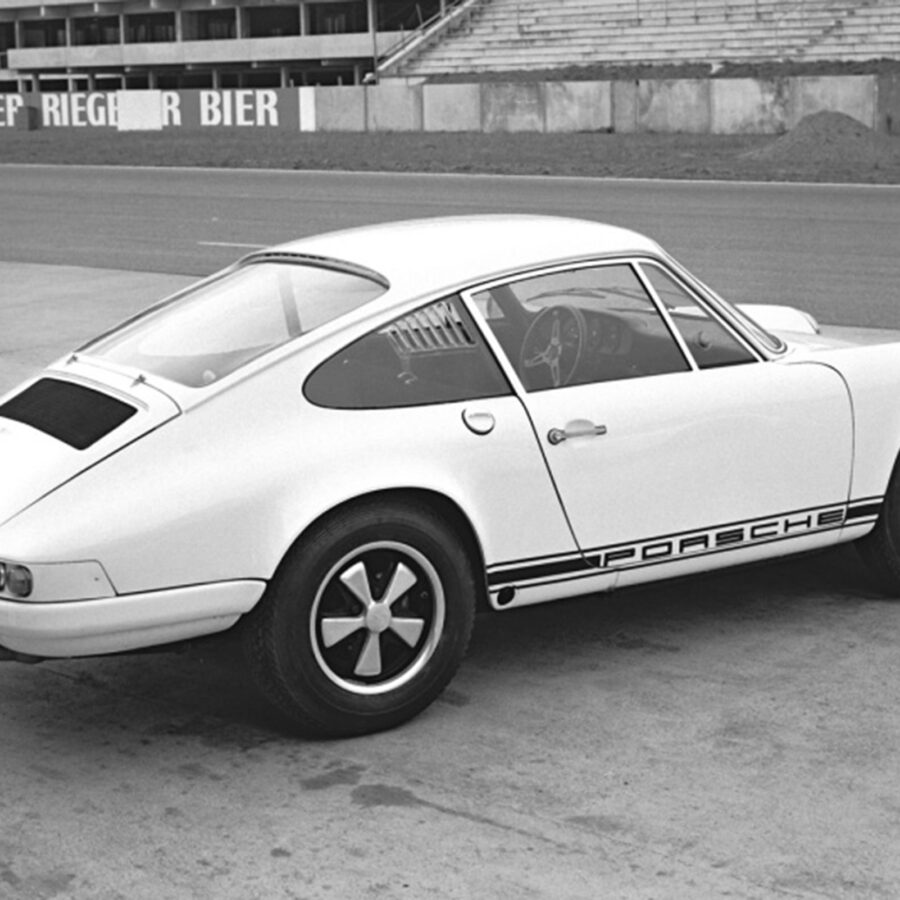Porsche 911 Targa 4S (997) (2007 – 2008)
Softer spring rates than the coupe. More leather in the cabin and better equipment. All-wheel drive security.
Porsche 911 Targa 4 (997) (2007 – 2008)
A Practical 911 With Strong Performance to Match
Porsche 911 Turbo Coupe (997) (2007 – 2009)
473 bhp! 460 ft lbs! 3.6 second 0-60! The Ultimate Super-GT
Porsche 911 Carrera 4S Cabriolet (997) (2006 – 2008)
The Four Seasons 911
Porsche 911 Carrera 4S Coupe (997) (2006 – 2008)
3.8-liter engine producing 350 bhp makes this the all-weather 911 king
Porsche 911 Carrera 4 Cabriolet (997) (2006 – 2008)
All-wheel drive, all-weather fun.
Porsche 911 Carrera 4 Coupe (997) (2006 – 2008)
All-weather stability and safety with a new killer stance
Porsche 911 Carrera S Cabriolet (997) (2005 – 2008)
Makes a strong case against its coupe sibling
Porsche 911 Carrera S Coupe (997) (2005 – 2008)
Fun, Fast & Worth the Extra Money Over the Base Model
Porsche 911 Carrera Cabriolet (997) (2005 – 2008)
The drop-top gives up little performance or structural integrity compared with the coupe version
Porsche 911 Carrera (997) (2005 – 2008)
Better looks. More power. More tech.
Porsche 911 Carrera 4 Cabriolet (993) (1995 – 1997)
Porsche heavily revised their four-wheel drive system to distribute power to the front and rear wheels.
Porsche 911 Carrera 4 (993) (1995 – 1997)
Porsche heavily revised their four-wheel drive system to distribute power to the front and rear wheels.
Porsche 911 GT America (991) (2014)
Built for the United Sports Car Racing (USRC) series and its GT Daytona class for 2014
Porsche 911 GT3 RS (991) (2015 – 2016)
For those who want more extreme performance, handling and track-day bragging rights
Porsche 911 Turbo S Cabriolet (991) (2014 – 2016)
Supercar Performance In a Cabriolet Body
Porsche 911 Turbo S (991) (2014 – 2016)
560 bhp and 516 ft of Porsche GT Perfection
Porsche 911 GT3 (991) (2014 – 2016)
All-new 3.8-litre flat-six. Electric steering. No manual gearbox. Still one of the best sports cars money can buy
Porsche 911 50th Anniversary Edition (991) (2014)
Built by Porsche to commemorate the 911’s birthday, 50 years after its production launch in 1964.
Porsche 911 Carrera Commemorative Edition (1988)
Porsche built just 875 examples of the CE or Commemorative Edition 911 Carrera
Porsche 930 Turbo SE G50 ‘Flachbau’ Cabriolet (1988 – 1989)
Only 50 were ever built, this is a one of seven, now listed for auction.
Porsche 911 Carrera 3.2 Clubsport (1987 – 1989)
One Last Hurrah for the G-Series 911. One of the most underrated Porsche's ever.
Porsche 911 Carrera 3.2 “Turbo Look” (1984 – 1989)
The 911 Carrera 3.2 was the first 911 offering the Turbo’s look for non-turbo cars. The M491 option.
Porsche 911 SC Ferry Porsche Special Edition (1982)
Only 200 ‘Ferry Porsche’ 911 Jubilee SCs were made
Porsche 911 Turbo 3.3 SE ‘Flachbau’ (930) (1981 – 1989)
The Flat-Nose 930 Turbo Is Still A Fan Favorite
Porsche 911 SC Weissach Edition (1980)
The 'Weissach' edition was a standard SC with special paint
Porsche 911 SC Martini Edition (1978)
The first 911SC built to celebrate race victories for Porsche in several championships
Porsche 911 S Signature (1977)
Commemorating 25 years of Porsche sports car production
Porsche 911 25th Anniversary Edition (1975)
Commemorating 25 years of Porsche sports car production
Porsche 911 2.7 Carrera Turbo (1974)
A one-off narrow-bodied mule gifted to Ferry Porsche’s sister, Louise, on her 70th birthday
Porsche 911 Carrera RS 3.0 (1974)
In 1974 the roadworthy motorsport 911 series continued its run.
Porsche 911 Carrera 4 Cabriolet (996) (1999 – 2001)
The all-wheel-drive system provides between 5-40% of torque to the front wheels depending on the situation
Porsche 911 Carrera 4 Coupe (996) (1999 – 2001)
Coming soon
Porsche 911 Carrera Cabriolet (996) (1998 – 2001)
The Water-Cooled Flat 6 Arrives to The Open Top 911
Porsche 911 Carrera (996) (1998 – 2001)
The Water-Cooled Flat 6 Arrives
Porsche 911 GT3 Cup (991) (2013 – 2016)
Continues to be the most successful race car in the world.
Porsche 911 RSR (991) (2013 – 2016)
2015 FIA World Endurance Cup for GT winner
Porsche 911 GT3 R Hybrid (2010)
This hybrid is unlike anything you've previously heard called a hybrid.
Porsche 911 GT3 RSR (996) (2004 – 2005)
For the 2004 and 2005 racing season, Porsche Motorsport used the 911 GT3 RSR. This near-standard racing sportscar aimed to keep private customer teams competitive.
Porsche 911 GT3 RS Race Car (996) (2001 – 2004)
Modeled on the 911 GT3 R, the GT3 RS race cars offered a number of technical improvements
Porsche 911 GT3 R (996) (2000)
In the 2000 FIA GT Championship, the 996 GT3 R was the dominant racer in the new N-GT class and won every run.
Porsche 911 GT3 Cup (996) (1998 – 2005)
Built for racing, the 996 GT3 Cup served as the basis for the 996 GT3 road car.
Porsche 911 GT1 ’98 (1998)
The Porsche 911 GT1/98 – Winning Le Mans in 1998
Porsche 911 GT1 Evolution (1997)
Towards the end of the 1996 season, Porsche made revisions to the 911 GT1 in preparation for the 1997 season.
Porsche 911 GT1 (1996)
Designed and developed to compete in the GT1 class of sportscar racing. Good for 205 mph...
Porsche 911 GT2 Race (993) (1995 – 1996)
Combined the RSR’s purity of purpose with a tuned version of the 993 Turbo’s twin-turbo engine
Porsche 911 Cup 3.8 (993) (1994 – 1998)
Developed at Porsche’s race department using the platform of their new 993 Carrera 2
Porsche 911 Carrera 3.8 RSR (1993 – 1994)
An all-out racing car. The RSR 3.8 could be delivered to the track in a race-ready, ‘just-add-driver’ form.
Porsche 911 Carrera RS Competition (1992)
For race teams and track day customers Porsche prepared a small number of the 964 Cup cars according to the FIA NG-T regulations.
Porsche 953 (1984)
The Porsche 953 ranks as one of the finest off-roaders Porsche has ever made.
Porsche 911 SC RS 3.0 (1984)
Built so that the factory Rothmans Porsche Rally Team could hit the international stage
Porsche 911 SC “San Reno” (1981)
Röhrl's one-off drive at the 1981 San Remo Rally is regarded as one of the greatest drives ever
Porsche 911 SC Safari (1978)
In 1978 a pair of 911s were entered into the East African Safari Rally.
Porsche 911 Carrera Turbo 2.1 (1974)
The first turbocharged Porsche 911, and the first turbo-powered Porsche race car at Le Mans.
Porsche 911 Carrera RSR 2.8 (1973)
The first 911 to ever wear the RSR badge and homologated for racing by the 1973 911 Carrera RS
Porsche 911 S/T (1970 – 1971)
Built to take full advantage of new FIA rules allowing a two-inch wider track.
Porsche 911 T/R (1968)
The 911T in 1968 was the lightest 911 making it ideal for racing where the SWB T was homologated for Group 3.
Porsche 911 R (1967 – 1968)
A lightweight racer designed to take the newly released 911 to its limit


